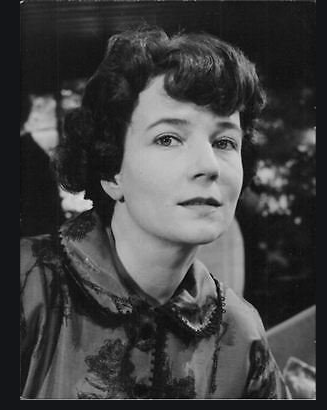
‘In interviews and essays on her status as a writer, Christine Brooke-Rose describes herself as having “little or no existence.” In Stories, Theories and Things, where she considers her dual career as experimental writer and literary theorist, she says ruefully: “outside the canon no interpretation, rather as one (now abandoned) dogma had it: outside the Church no Salvation. Fish [Stanley] would add: therefore no existence”. She notes that although her work has been reviewed, she lacks existence at the “critical level”:
I am one of the many authors who have a brief existence at what Hirsch (1967), as opposed to Fish, calls the interpretation level (the ‘meaning’ or simple reading of the text as syntax, for instance by reviewers), but who have little or no existence at what Hirsch calls the critical level (the ‘significance’ or what others call interpretation, that links the text to other things/realms of thought: the world, that is, other stories, other texts). This can only begin to happen, for better or for worse, when an author enters a canon, however shifting, and I have a knack of somehow escaping most would-be canonic networks and labels: I have been called ‘nouveau roman in English’ and nouveau nouveau, I have been called Postmodern, I have been called Experimental, I have been included in the SF Encyclopaedia, I automatically come under Women Writers (British, Contemporary), I sometimes interest the Feminists, but I am fairly regularly omitted from the ‘canonic’ surveys (chapters, articles, books) that come under those or indeed other labels. On the whole I regard this as a good sign.
‘In Brooke-Rose’s oeuvre narrative and theory are chiasmic; she demonstrates how theories tell stories and stories tell theory. Theories themselves are metastories told about language and fiction in particular; conversely, fictions are theories that take narrative form; they embody abstractions as they create a fictional ‘world.’ In Stories, Theories and Things and Invisible Author, Brooke-Rose attempts to add weight to the unbearable lightness of fiction’s being and to the kind of speculation we call narrative theory.
‘This chiasmus of theory and fiction might seem to confine us within a closed circle of postmodern theory and practice that includes new techniques, but not the “techniques for living” promised in my title. For Brooke-Rose, however, new fictional techniques are needed to represent the cultural narratives of the twentieth and twenty-first centuries, narratives that must capture heightened constraint and loss. In A Rhetoric of the Unreal, she describes this cultural narrative:
Never before have the meaning-making means at our disposal (linguistic, economic, political, scientific) appeared so inadequate, not only to cope with the enormity of the problems we continue to create . . . but simply to explain the world. This seems to be the century which, despite or because of the pace of technological advance, has taken the longest, relative to that pace, to emerge from the mental habits of the previous century. We know that all the old secure values have gone, that a radical change is occurring which man must undergo or perish, yet we somehow go on as if, ensconced still in relics of nineteenth-century ideologies, in a way which other times in parallel situations apparently did not.
‘Brooke-Rose associates the last fifty years with a painful loss of our ability to differentiate reality from what she calls “the unreal.” Her novels mime the absence of certain reality, or of some crucial analog for what we used to take as indubitably real. Obsolescence and extinction—even the loss of the human archive—haunt her texts. As they rupture “the relics of nineteenth-century ideologies,” her fictional experiments are performed for the sake of finding new ways to theorize life and formu- late conduct in a new world order. The revival meeting at the heart of Textermination, meant to staunch the extinction of its attendees, presages the grand narrative of evolution told in her last novel, Subscript, which begins 4500 million years ago with a chemical reaction and ends with humans on the earth about eleven thousand years ago. In Subscript, con- straints on language, mirroring constraints on biological life, turn out to be glorious modes of engendering evolution and survival. Every one of Brooke-Rose’s fictions is a rehearsal for living under the constraints of a new world, one that is as much a matter of shrinking possibilities as it is of a renewed expansion. Yet, contrary to any melancholy implied by Brooke-Rose’s vision, her fiction draws creative vitality and moral inspiration out of the limitations it evokes.’ — Karen R. Lawrence
___
Further
Christine Brooke-Rose Society
Christine Brooke-Rose obituary
A Conversation with Christine Brooke-Rose By Ellen G. Friedman and Miriam Fuchs
Christine Brooke-Rose: An Inventory of Her Papers
‘that’s a scientific fact’: Christine Brooke-Rose’s Experimental Turn
Flinch Wince Jerk Shirk
Textual Harassment
‘Palimpsest Histories’, by Christine Brooke-Rose
Farewell to Christine Brooke-Rose
Christine Brooke-Rose @ goodreads
On Christine Brooke-Rose
“Stepping-Stones Into the Dark”: Redundancy and Generation in Christine Brooke-Rose
‘Where Do We Go from Here?’, by Christine Brooke-Rose
‘The Lunatic Fringe’
Christine Brooke-Rose: The Chameleonic Text Between Self-Reflexivity and Narrative Experiment
Christine Brooke-Rose and Contemporary Fiction
Remaking Christine Brooke-Rose
WHOSE AFRAYED OF CHRISTINE BROOKE-ROSE?
Writing with Images: Christine Brooke-Rose
The composition of Christine Brooke-Rose’s Thru
Christine Brooke-Rose: The Texterminator
Selling difficulty: The case of Christine Brooke-Rose
Audio: Christine Brooke-Rose and A. S. Byatt, in conversation
Invisible Author? Christine Brooke-Rose’s Absent Presence
“YOU ARE HERE”: Reading and Representation in Christine Brooke-Rose’s Thru
Christine Brooke-Rose Was A Scream
Hello Christine Brooke-Rose, R.I.P.
__
Mss
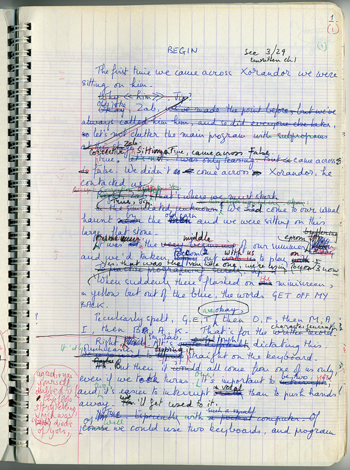
____
Interview

Q: In your essay “Ill Iterations,” which you wrote for “Breaking the Sequence: Women’s Experimental Fiction,” you mention the difficulties experimental writers face when they are male, but you say also that the differences are compounded when the experimental writer happens to be a female. Will you talk about those difficulties for the woman writer?
CBR: Yes, although it took a long time to become aware of them. Once in Paris, quite a long time ago, Helene Cixous rang me up and asked me to write something about the difficulties I’ve had as a woman writer. Naively, I said, “Well, I haven’t had any difficulties as a I “woman” writer. I’ve had difficulties that “any” writer would have; can I write about that?” And she said, “Oh, no.” She wanted something feminist. I was a bit antifeminist in those days, in the early 1970s. I didn’t consciously feel that I had had any difficulties. My later revision of that feeling came from genuine experience. As I look back over my career I realize that, in fact, I did have difficulties, but I took them for granted, as part of the nature of things. From the moment I went experimental, however, when I wrote “Out,” and my then-publishers couldn’t understand it and turned it down, I did actually start having difficulties. And when I wrote that essay for you, I started looking back and thinking about it, trying to fathom it out, and I became aware that the woman experimental writer has more difficulties than the man experimental writer, in the sense that, however much men have accepted women’s writing, there is still this basic assumption, which is unconscious, that women cannot create new forms. They can imitate others, they can imitate their little lives, tell their love stories and their difficulties and so on, and they do it extremely well. I’m not downgrading that kind of writing. But if by any chance they dare to experiment, then they are imitating a male movement, and usually one that’s already dead. In my case, I always get the label “nouveau roman” in English because “nouveau roman” is, from the English point of view, safely dead and no one talks about it anymore. In other words, all one is capable of as a woman is to do what the men do, and not so well. There is an unconscious refusal, really, to look at what I’m doing in any kind of detail. Whereas men experimenters or innovators of any kind do get that sort of attention.
Q: What does the phrase “utterly other discourse” from “Amalgamemnon” mean for you? Do you feel that you are writing “utterly other discourses”?
CBR: In “Amalgamemnon,” it doesn’t actually mean that. It doesn’t refer to the writing, it refers to the woman reading and thinking quite other things until she has to switch back to talking to the man. In fact, though, I do feel that my writing is different. I haven’t actually seen other writing quite like mine, but it is very difficult for me to say how “other” it is, or even whether it’s any good. I can’t really judge it, so I can’t really answer that questions. I do what I want to do.
Q: But you did make a conscious decision at one point in your career to write the indeterminate novel, rather than something realistic?
CBR: What a strange opposition. The realistic novel has its own indeterminacies. But anyway, it didn’t happen that way at all. It was much more negative than that. I was simply dissatisfied with what I was doing. I had written four novels, which are really quite traditional, satirical, comic novels. I did experiment with time in one of them, which was written backwards, for instance, so that in each chapter the hero gets younger and younger. But that was still classical irony. They were basically traditional modern novels, if I can use such a phrase, in that the main concern was, like most novels, epistemological, concerned with reality and illusion. But I felt it was too easy. It was great fun, but it wasn’t what I wanted. Originally, when I was very young, I used to write poetry every day, but I soon discovered that I was not a poet; but that urge to write poetry . . .
Q: But you are a poet.
CBR: Perhaps, but I had to get around to it in a very different way. I then thought I had found myself as a novelist, but after those four early novels I realized it still wasn’t what I wanted. So eventually—yes, I do now write very poetic novels, more deeply poetic at any rate than the poems I was writing every day. At the time of this dissatisfaction, I suppose it was Nathalie Sarraute’s “The Age of Suspicion,” and her putting the modern novel in question, which was the first turning point for me, much more so than her novels, for although I like them very much, I can’t say there’s a direct influence of Nathalie Sarraute on what I write. Whereas Robbe-Grillet did have a direct influence, at least on “Out.” But I soon got out of it. So it wasn’t a decision to write indeterminate novels as such. It was simply a decision not to go on writing as I used to write. But the other thing that happened was much more important. I had a very serious illness, lost a kidney and had a very long convalescence. I fell into a semi-trancelike state for a long time. I was very much thinking of death as the meaning of life. And I began to write “Out,” which is a very “sick” novel. I think one can feel that. I imagine a time when the whites are discriminated against; the whole color bar is reversed. But the reason the whites are discriminated against is because they are sick, dying from this mysterious radiation disease to which the colored people are more immune. My protagonist is a sick old man who cannot get a job and cannot remember his previous status. This exactly reproduced the state of illness that I was in, so in that sense of protection it was still a very mimetic novel. But I wasn’t consciously trying to do anything different. I started writing a sentence and fell back on the pillow exhausted. I didn’t really know where I was going, and it took me a long time to write it. I was groping. So I don’t think it was a conscious decision. But then with “Such” I really took off on my own. I don’t think there’s any more influence of Robbe-Grillet on “Such.” I would say that “Such” is my first really “Me” novel, where I don’t owe anything to anyone else.
Q: Can you characterize that “Me-ness”?
CBR: I think “Such” is more imaginative, for one thing. It’s still, of course, concerned with death since the man dies and is brought back to life. Again, I don’t explain why. I get much more interested, in fact, in the impact of language on the imagination. I suppose it’s really with “Between” that I discovered what I could do with language. With “Such” it’s still a fairly straightforward use of language, but very much in another world with this slow return to reality as the man comes back to life, but he then sees the stars as radiation. And having hit on that idea but not really knowing where I was going, I then had to do a lot of work, learn something about astrophysics, for example, since I was using it as a metaphor for the world. It’s in “Such” that I discovered that jargon, of whatever kind, has great poetry. For instance if you take a scientific law and use it literally, it becomes a metaphor. Of course, this is a schoolboy joke. If the teacher says, “Weight consists of the attraction between two bodies, ” everybody giggles. But if you take it further and use more complicated astrophysical laws about bouncing signals on the moon, for instance, to express the distance between people, then it becomes a very active metaphor. Yet it’s treated as ontological in the world of the fiction, like a sunset or a tree. So this sort of thing, you see, isn’t a conscious decision, it’s a discovery.
Q: Is that how you would define the experimental novel?
CBR: Yes, in a way. People often use the term “experimental novel” to mean just something peculiar, or as a genre in itself (on the same level as “realistic” or “fantastic” or “romantic” or “science” fiction). But to experiment is really not knowing where you’re going and discovering. Experimenting with language, experimenting with form and discovering things, and sometimes you might get it wrong and it just doesn’t come off. When I discovered that there is great beauty in technical language (and this comes into its own in “Thru” where I actually use critical jargon as poetry), I also discovered that there’s beauty and humor in confronting different discourses, jostling them together, including, for instance, computer language. In “Such” it’s astrophysics and in “Between” it’s all the languages, the lunatic, empty speech-making of different congresses, political, sociological, literary and so on, and of course, actual languages, different languages, all jostled together, since my protagonist, who’s a simultaneous interpreter, is always in different countries. Discourse became my subject matter. So discovery is one meaning of “experimental,” and this would be, to answer your earlier question, my “utterly other discourse,” where the actual language is different from the language you and I are using now, or that I find in other books. The second meaning is to see how far I can go with language, with vocabulary and syntax, and this is much more conscious. In “Between,” for example, a sentence can continue correctly, but by the end of it we are elsewhere in time and space. And I chose an imposed constraint, not using the verb “to be,” just as in “Amalgamemnon” I decided to use only non-realizing tenses and moods like the future, the conditional, the imperative.
___
Book
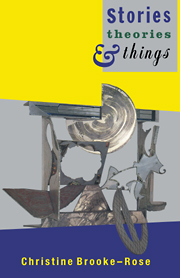 Christine Brooke-Rose Stories, Theories and Things
Christine Brooke-Rose Stories, Theories and Things
Cambridge University Press
‘The novelist and critic Christine Brooke-Rose reflects on her own fictional craft and turns her well-developed analytic abilities on other writers fictional and critical, from Hawthorne and Pound to Bloom and Derrida, in an attempt to investigate those difficult border zones between the “invented” and the “real.” The result is an extended meditation, in a highly personal idiom, on the creative act and its relation to modern theoretical writing and thinking. Like her fiction, Professor Brooke-Rose’s criticism is self-consciously experimental, trying out and discarding ideas, adopting others. Her linguistic prowess, her uncommon role as a recognized writer of fiction and theory, and the relevance of her work to the feminist and other modern movements, all contribute to the interest of this unusual sequence of essays. Christine Brooke-Rose, formerly a professor at the Université de Paris, and now retired, lives in France. She is the author of several works of literary criticism and a number of novels, including Amalgamemnon and Xorander.’ — CUP
_____
Excerpt
To be an experimental writer
I am aware that in this return to my main topic, the sudden juxtaposition of ‘experimental’ writing with ‘genius’ may seem to be equating the two. In fact I don’t even like the word ‘genius’ and have only been using it to point up a deep-lying contradiction. Clearly there can be trivial as well as truly innovative experiment, just as there can be trivial as well as important writing in wholly familiar forms. I shall not here define Greatness, or the Sublime, or Imagination, or Literature. But I should perhaps try to define ‘experiment’.
I have so far put the word in quotes, because it seems to mean so many different things. What is ‘experimental’ art, or an ‘experimental’ novel? Is it a genre?
People often talk as if it were, although most experiment either widens the concept of a particular genre or explodes the notion of genre altogether. Yet a writer, or a group of writers, is put into that category, as if it were equivalent to Science Fiction, the Fantastic, Romance, Realism.
For Zola, the father of a certain kind of Realism, the ‘experimental novel’ meant a novel which had been carefully researched and backed by ‘experiment’ in the scientific sense of verification (of slaughterhouses, mines, peasant life), or what we now call documentary. The narrative voice had to be objective, impartial, ‘scientific’. In other words, a new kind, or school, of Realism, called Naturalism, almost a new genre.
For Hardy it meant, as we saw (according to Boumelha’s interesting readings), experiment away from Naturalism, the ‘search for a form’ revolving round the problem of female characters, provoking ‘an uncertainty of genre and tone which unsettles the fictional modes in a disturbing and often provocative manner’. But the ‘experiment’ in question turns out to be (for me) chiefly Hardy’s odd but by no means novel manipulation of viewpoint and a curious ‘blend’ of traditional forms for different purposes (see Ch. 7). If this is ‘experimental’, then every writer who develops his art is experimental, and there is indeed a sense in which every writer is. But at least Boumelha is genuinely concerned with formal experiments as they are related to the themes of the ‘New Woman’ fiction of the nineties. Today, on the other hand, the word ‘experimental’ is often used by feminists to designate new feminist themes, that come out of feminine ‘experience’ (as opposed to ‘experience’ of mines and slaughterhouses), whether or not these create new modes or structures.
Conversely, in the Formalist and then the Structuralist periods, the underlying opposition was often felt to be Realism versus Experiment, that is, a complete reversal, with the privilege of seriousness on the ‘experimental’ side, since the presuppositions of Realism were being thoroughly requestioned. It is often forgotten that the nouveau roman, when it burst out in the fifties against the traditional realistic novel, first acquired the label nouveau realisme, and was linked to phenomenology, just as earlier literary ‘revolutions’ had been made in the name of a greater realism (see Ch. 14). Only later did it come to be seen as, and further developed into, a much more complex poetics, linked to ‘postmodernism’, but this was because of its radical changes in the form of the novel.
So ‘experiment’, although part of the tradition/innovation opposition, was caught up in that of realism/formalism — which itself had meant different things from Hegel on: for Hegel (and for the Marxists after him) ‘formalist’ meant superficial (Preface to Phenomenology of Mind), but for the Russian Formalists (much condemned by the Soviet regime at the time) it meant rigorous attention to literary structures and conventions, in other words, poetics. Thus ‘experiment’ is often regarded as ‘merely’ formal, tinkering with technique (conceived quite logically as something external in just the way Plato considered writing as external), tinkering with the signifier irrespective of the signified, the ‘content’, the ‘truth’, the ‘real’, and independently of our systems of looking at it, and even that such tinkering is not accompanied by any valid ‘content’ at all, let alone ‘value’. Baudelaire was complaining of this already in 1861 in his essay on Gautier.
Years ago (1956) Nathalie Sarraute reversed the realist/ formalist opposition and said that the true realists were those who look so hard at reality that they see it in a new way and so have to work equally hard to invent new forms to capture that new reality, whereas the formalists were the diluters, who come along afterwards and take these now more familiar forms, pouring into them the familiarized reality anyone can see. Sarraute’s reversal in a way goes back to Hegel (formalism as superficial), for it calls the imitators formalists and the innovators realists. But such a reversal, although expressed in terms of an older dispensation (forms to capture a pre-existing reality), is basically sound, for it insists on the link between innovation and a completely different way of looking, which is after all another way of defining genius, for example in science. Today one would push it much further and say, not that new ways of looking necessitate new forms, but that experiment with new forms produces new ways of looking, produces, in fact, the very story (or ‘reality’ or ‘truth’) that it is supposed to reproduce, or, to put it in deconstructive terms, repeats an absent story.
Both aspects of the opposition, whichever way one takes it, are as necessary to the continuity of art as they are to that of life. Both occur in all art forms across the spectrum of genres and subgenres, both can be practised and achieved by men and women of all origins.
To be an experimental woman writer
Nevertheless women writers, not safely dead, who at any one living moment are trying to ‘look in new ways’ or ‘reread’ and therefore rewrite their world, are rarely treated on the same level of seriousness as their male counterparts. They can get published, they can even get good reviews. But they will be more easily forgotten between books and mysteriously absent from general situation surveys or critical books about contemporary literature, even about contemporary ‘experimental’ (or, for now, ‘postmodern’) novels. They will not ultimately be taken up by the more attentive critics. Even ‘the great Virginia herself, who had the best possible environment in the Bloomsbury Group to be so taken up, and her own publishing firm, who was called a ‘genius’ by her husband and friends, not only became ill with agony over the reception of every book by the then predominantly male literary scene, but was not fully and widely appreciated until well after her death. And she is the ‘best’ case, the token case. Similarly Nathalie Sarraute, another token case, was nearly sixty years old when she won recognition, at the time of the nouveau roman and thanks to the label, although her writing was and remains quite distinct from that of its male representatives.
It does seem, in other words, not only more difficult for a woman experimental writer to be accepted than for a woman writer (which corresponds to the male situation of experimental writer vs. writer), but also peculiarly more difficult for a woman experimental writer to be accepted than for a male experimental writer. She may, if young, get caught up in a ‘movement’, like Djuna Barnes, like H.D., like Laura Riding, as someone’s mistress, and then be forgotten, or if old, she may be ‘admitted’ into a group, under a label, but never be quite as seriously considered as the men in that group.
Perhaps one of the safest ways of dismissing a woman experimental writer is to stick a label on her, if possible that of a male group that is getting or (better still) used to get all the attention. Fluttering around a canon. The implication is clear: a woman writer must either use traditional forms or, if she dare experiment, she must be imitating an already old model. Indeed, the only two advantages of’movements’ are (1) for the writers, to promote themselves (hence they are usually men), and (2) for the critics, to serve as useful boxes to put authors into. But women are rarely considered seriously as part of a movement when it is ‘in vogue’, and then they are damned with the label when it no longer is, when they can safely be considered as minor elements of it.
It may well be that women writers do not like new ‘movements’ and still shrink from declaring all over the place how revolutionary they are. Political women, and hence feminists, have had this courage. But, as well as ‘muted’ women, many artists, male or female (rightly or wrongly), evade the overtly political, and it seems to me that the combination of woman + artist + experimental means so much hard work and heartbreak and isolation that there must be little time or energy for crying out loud.
And here we come back to the canon, in the form of another ancient opposition within the idea of belonging: traditionally, men belong to groups, to society (the matrix, the canon). Women belong to men. And in so far as women, emancipating themselves, also behave in the same way, they are said to be imitating men (and so to belong to them again). All emancipation apparently has to pass that way, just as it has to pass through a ‘separatist’ stage to find its strength and identity. But every individual needs a mixture of withdrawal and belonging. And it seems to me that the woman artist needs more withdrawal and less belonging. She needs to withdraw, either from the man she is with who may be consciously or unconsciously punishing her for or otherwise stifling her creativity; or from society (ditto). She will try less hard to belong, because she needs it less deeply. Thus she will tend to belong neither to a man nor to society. At best she will belong to what Ardener calls the ‘wild’ zone, as described by Elaine Showalter (1981).
Showalter gives Ardener’s diagram of the ‘muted’ and the ‘dominant’ group as one circle over another, the ‘muted’ circle shifted slightly to the right (whereas in Victorian society the ‘woman’s sphere’ was conceived as separate and smaller).
Showalter points out that spatially and experientially each group has a crescent-shaped zone inaccessible to the other, but that ‘metaphysically, or in terms of consciousness’, the wild zone has no corresponding male space since all male consciousness is within the circle of the dominant structure and thus accessible to or structured by language. In this sense, the ‘wild’ is always imaginary: from the male point of view, it may simply be the projection of the unconscious. In terms of cultural anthropology, women know what the male crescent is like, even if they have never seen it, because it becomes the subject of legend (like the wilderness). But men do not know what is in the wild.
If this is so, there are not only very few truly experimental writers of the ‘wild’ zone (to my knowledge only Angela Carter and Helene Cixous at her least self-indulgent succeed here, though my knowledge may be limited), but in theory they must also know, and accept, that they cannot enter the canon (unless of course men were to open their minds, and abolish the notion of canon). Except, perhaps, a female canon.
But then, the very notion of a female canon (the new geography) is a contradiction in terms. Feminists have not quite faced that problem, as we saw in Chapter 15, but I cannot deal further with this huge issue here, beyond noting the danger: not only can the new boldness of feminist themes seem in itself sufficient renewal (the wild zone perhaps turned into a new chunk of reality to be sold), it can also help to create the stamp, the label ‘feminist writer’ or even ‘woman writer’. As I have suggested, one safe way not to recognize innovative women is to shove them under a label, and one such label is ‘woman writer’. Women may feel that the dismissive aspect comes from men, but I am not so sure. Naturally it must be comforting to be backed and hailed by a sisterhood (a female canon) but that sisterhood is, with some few exceptions, generally so busy on feminist ‘themes’, on defining a ‘feminist aesthetic’ and on discovering or reinterpreting women authors of the past (rather as the Deconstructionist School in America paid little attention to the deconstructing ‘postmodern’ literature all around them), that it has no time to notice or to make an effort to understand, let alone to back, an unfamiliar (experimental) woman writer who does not necessarily write on, or only on, such themes, but whose discourse is, in Elaine Showalter’s phrase (1981), ‘a double-voiced discourse, containing a “dominant” and a “muted” story, what Gilbert and Gubar in The Madwoman in the Attic call a palimpsest’. If the ‘wild’ zone writer is inaccessible to most male readers, she is at least appreciated by feminists. The ‘double-voiced’ writer (unless he is a man) antagonizes both, she is in the sea between two continents.
In his book On Deconstruction (1983), Jonathan Culler has a chapter called ‘reading as a Woman’, where he quotes Shoshana Felman (1975): ‘Is “speaking as a woman” determined by some biological condition or by a strategic, theoretical position, by anatomy or by culture?’ And he applies this to the divided structure of woman’s reading: women can read, and have read, as men, and have learnt to identify with a masculine experience presented as the human one. Today, women face this problem, and ‘try to bring a new experience of reading for both men and women, a reading that questions the literary and political assumptions on which their reading has been based’.
It would seem, then, that the androgyny that some men have claimed for all good writers at the creative end has willy nilly been acquired by women at the receiving end, but not by men, who rarely identify with women characters as women do with male ones. Whatever the case, it would surely be a good thing if more men learnt to read as women (even the wild zone), so that the bisexual effort, which they have metaphorically appropriated at the creative end, should not remain so wholly on the women’s side at the receiver’s end. Both should read as both, just as both should write as both. And one of the ways in which this delightful bisexualism should occur is in a more open and intelligent attitude to experiment of all kinds by women.
*
p.s. Hey. ** Misanthrope, That’s what I’ve been given to understand. Oh, you’re incommunicado. How nice for you. Rock the beach. See you soon. ** G, Hi, G! Glad you liked it, pal. Which would I want? Hm. I wouldn’t mind the Louise Bourgeois. Peiqi Su’s ‘The Penis Wall’ might be a good prop for our haunted house movie. I hope you had a wonderful weekend. ** Chris Kelso, HI, Chris. Oh, ‘HHU’ is a good choice, thanks. Wish that graphic novel was better known, for Keith Mayerson’s genius sake. 9 weeks, wow, man, that’s … very soon. Are you doing all the solo, free as a bird things you won’t be able to do fo a long time so easily starting six weeks from now? Whatever that would be? Whenever life and your heart occasions it, Paris will be your oyster if I have anything to say about it, not that Paris needs my help. I have not read the Olympia/Girodias bio, but it’s been on my to-do list for far too long. I’ll score it. It’s super interesting, I imagine? Thanks for the gift. You’re too kind. Take it easy, sir. ** Dom Lyne, Hi, Dom, excellent to see you! If a blog post helps a writer write that is always its dreamiest achievement. Well, I’m happy that the initial diagnoses of your physical woes turned up nothing to worry too much about, and I hope the experts whom you see next say likewise. Thanks about the new film. We’re so chomping at the bit get started on it. Have a swell week, buddy. Love & hugs back. ** Adrian Ravarour, Hi, Adrian. Hm, well, I’ve never met Tony Kushner nor hung out with Doug Sadownick, so I think you might be mistaking someone else for me? Interesting story, though. Thank you. ** Bill, Excellent. Yeah, her book seems to be a viral kind of thing because a bunch of people I know happen to be reading it right now. Interesting how that happens. Good weekend? ** Dominik, Hi, D!!!! Well, the no news is … I’m not sure what the right word is … impatience causing? Zac and I are dying to start working on the film, and, yeah, we’re feeling increasingly antsy. Hopefully we’ll get news very soon. The problem is the elderly Stones don’t seem like they’d be capable of doing a good cover of ‘Nancy Boy’. They are the complete opposite of daring, whatever that would be. But, yeah. Ha ha, I would have to wear organic long johns or something underneath the Cleaver pants or my allergies would get me, which kind of defeats the purpose of wearing them, sadly. But I could give them out as Xmas gifts! Love as a super gigantic child holding Paris in one hand and Budapest in the other like they were stuffed animals and making them kiss, G. ** Gus CaliGirls, Hi, Gus. Really nice to see you, sir. I’m relatively energised, I think, thank you. Have you been vacationing and are you revved up whether you have been or not? Thank you about ‘Simplicity Itself’. Yeah, it’s from the same time as ‘Sad Story’, and, yeah, I think it was me beginning to think of how I could make fictions using images, but I guess before I figured out that using animated images would make it possible without using written captions. What shape is your writing in response to the screen and hyperlinks taking, if you can say? I’m very interested, obviously. Oh, wait, you’re locked down, right, so ignore my ‘vacation’ question. Man, so sorry. I guess milk your loopiness as best you can? Does it have any muse-like qualities maybe? Take good care! ** _Black_Acrylic, I think Play Therapy put the nail in the coffin of my jet lag, and I turned a friend here onto it, and they said it made them miss clubbing a whole lot less. I’ve heard of ‘Red Dwarf’. Yes, I have yet to personally encounter a young Alain Delon penis equivalent. ** David Ehrenstein, Taylor Swift should do a cover version of that song. ** Steve Erickson, Good question that I sadly do not know the answer to. You’ve sold me on Matt LaJoie. My free hand (I type with one hand) is hunting for his stuff’s trigger. I want to see ‘Swan Song’. Everyone, Mr. Erickson has given his (positive) opinion on … wait, he’ll tell you: ‘I reviewed the entertaining Udo Kier vehicle SWAN SONG for Gay City News.’ ** Okay. Enough of male appendages. The blog now suggests you investigate the spotlit book containing essays/writings on writing by the great novelist (and essayist) Christine Brooke-Rose. She really knows her stuff. See you tomorrow.

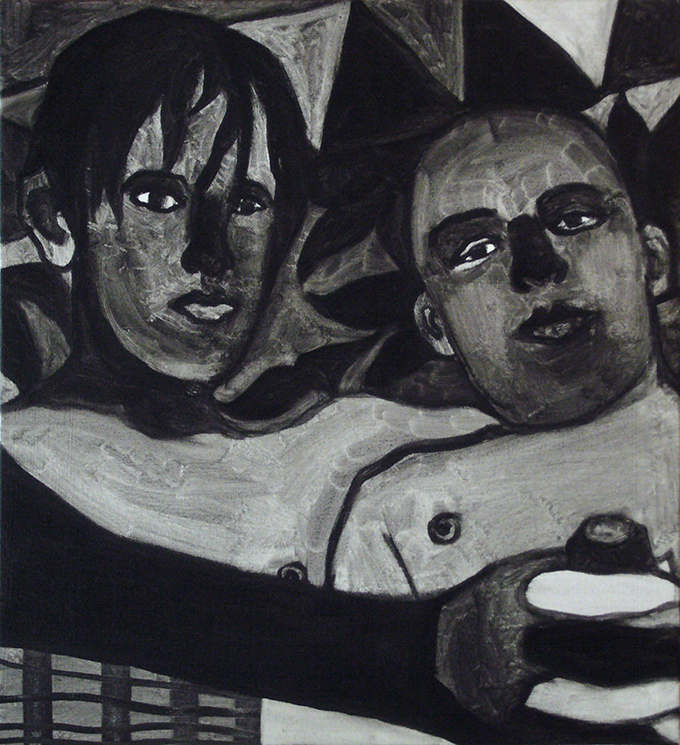
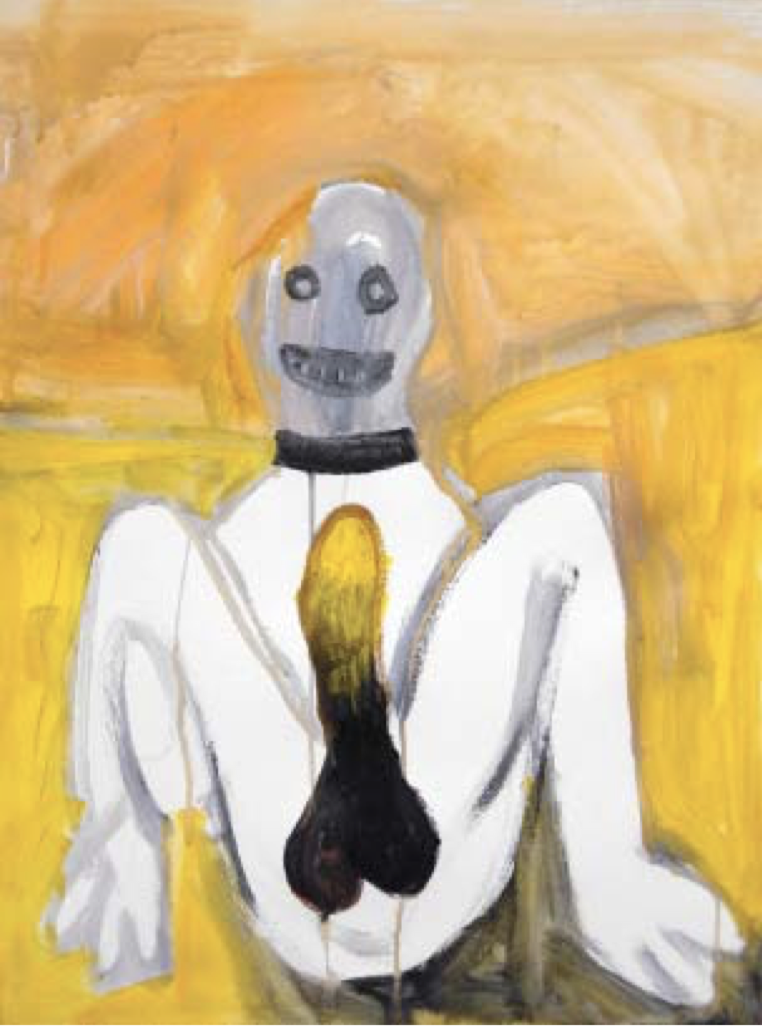
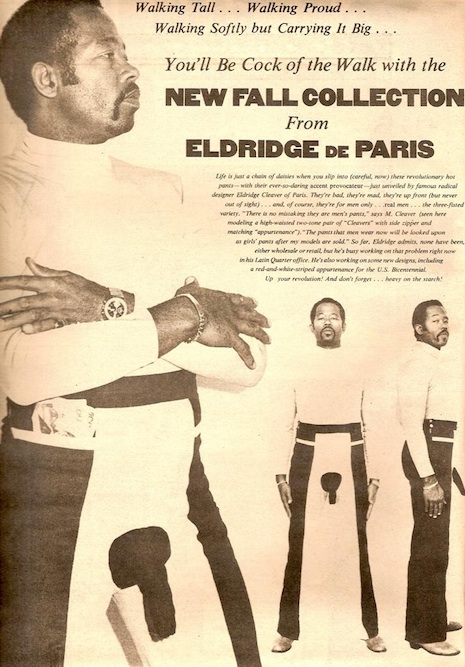
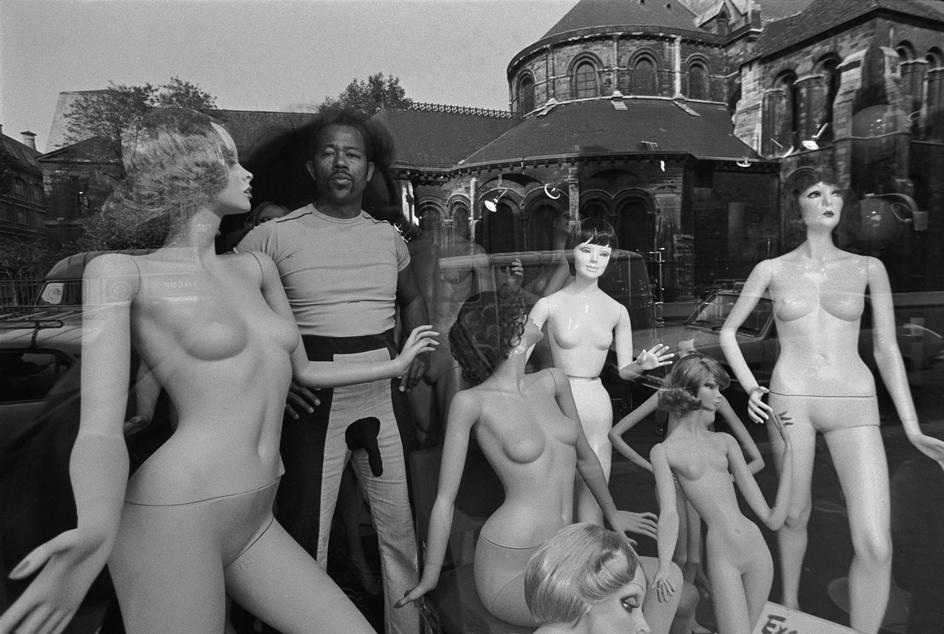
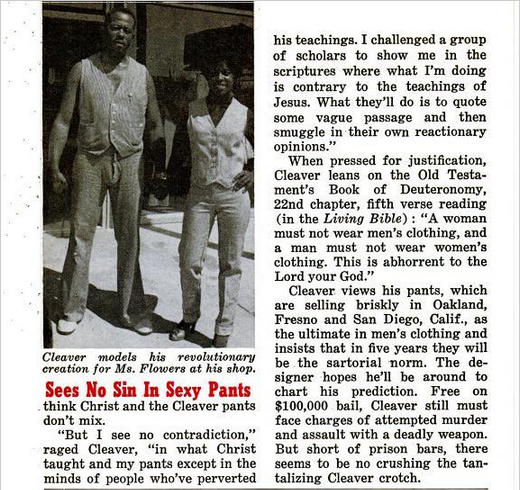
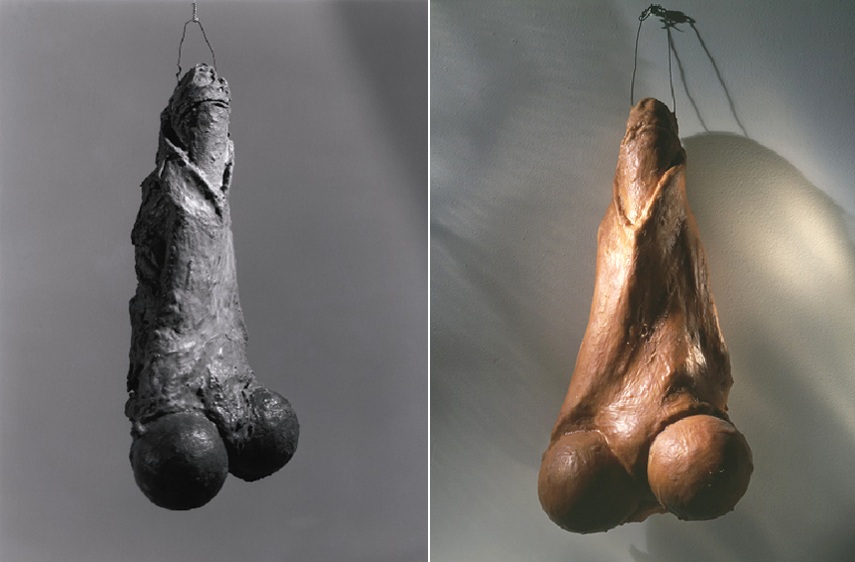
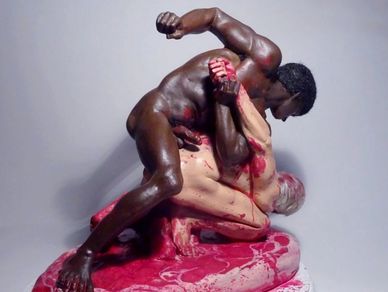
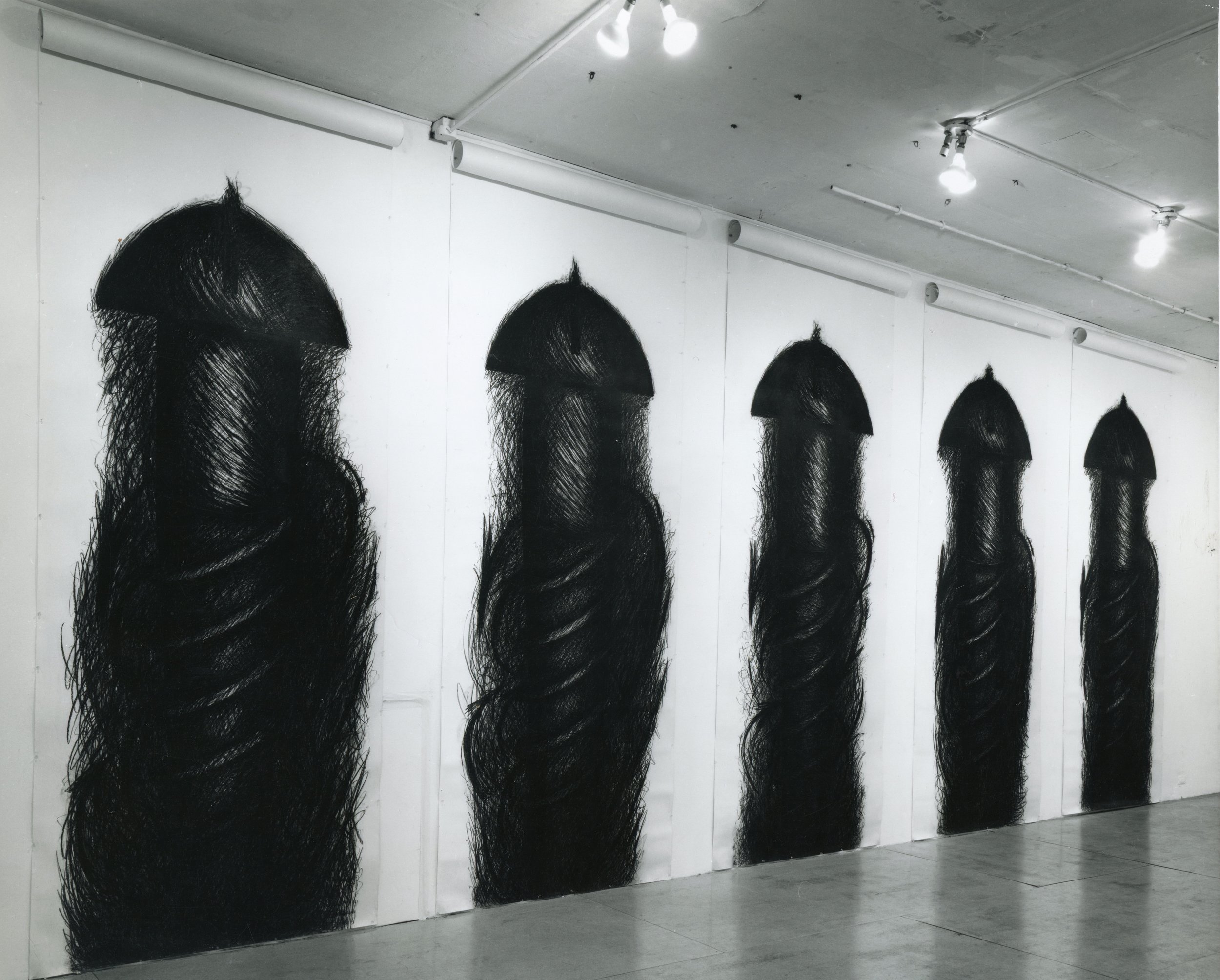
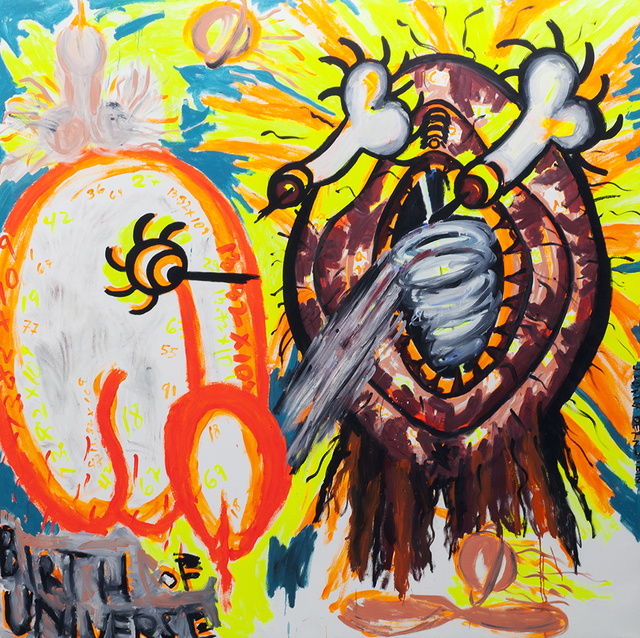
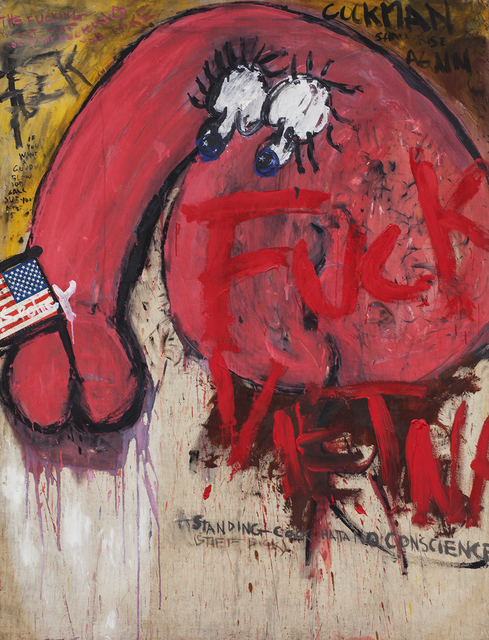
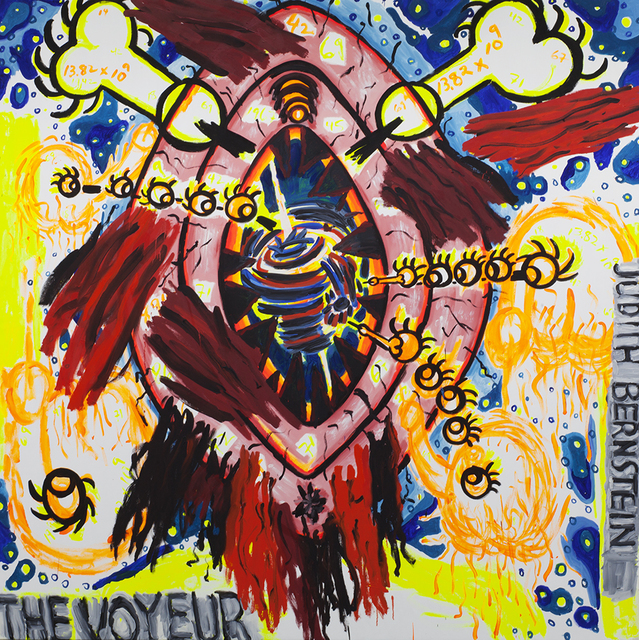

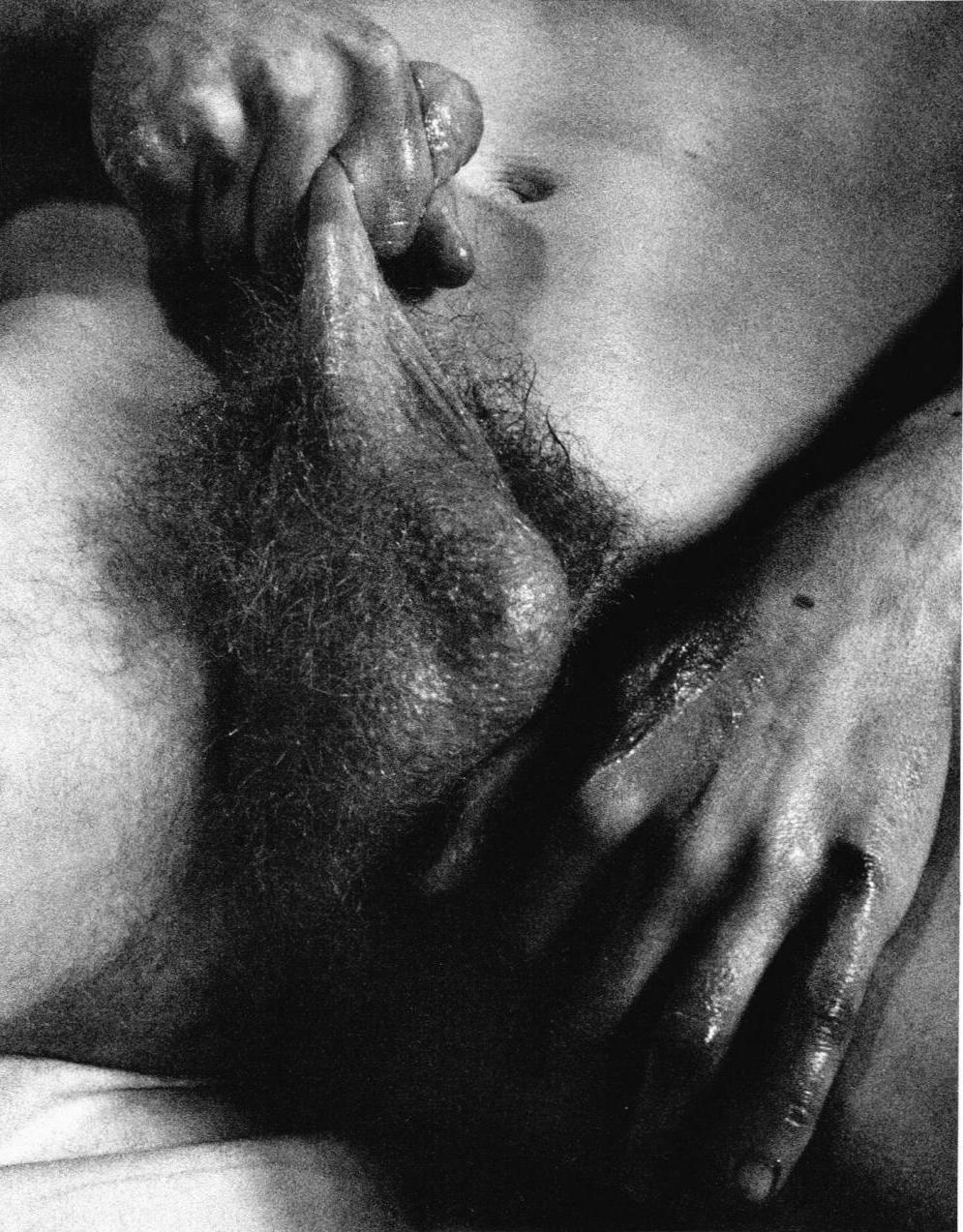

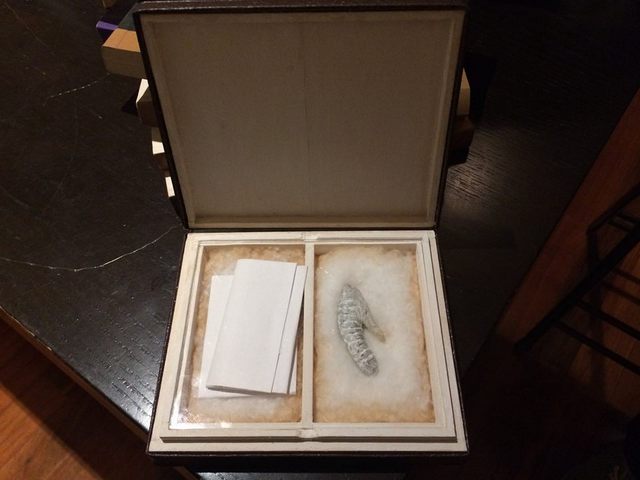





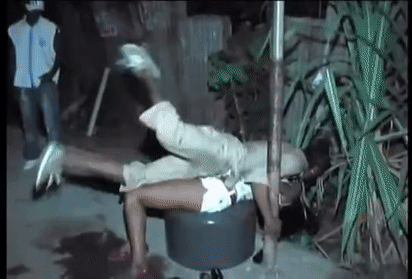


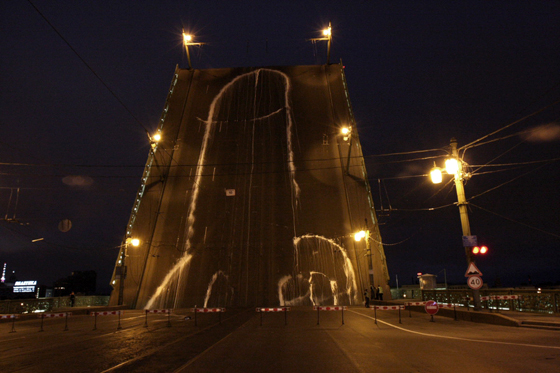
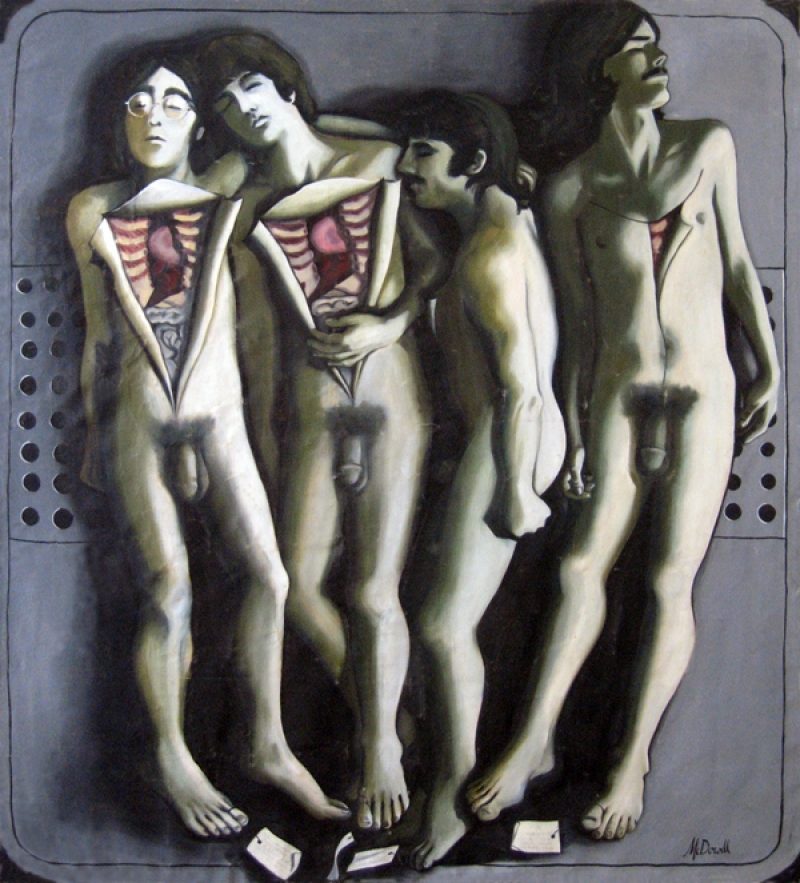
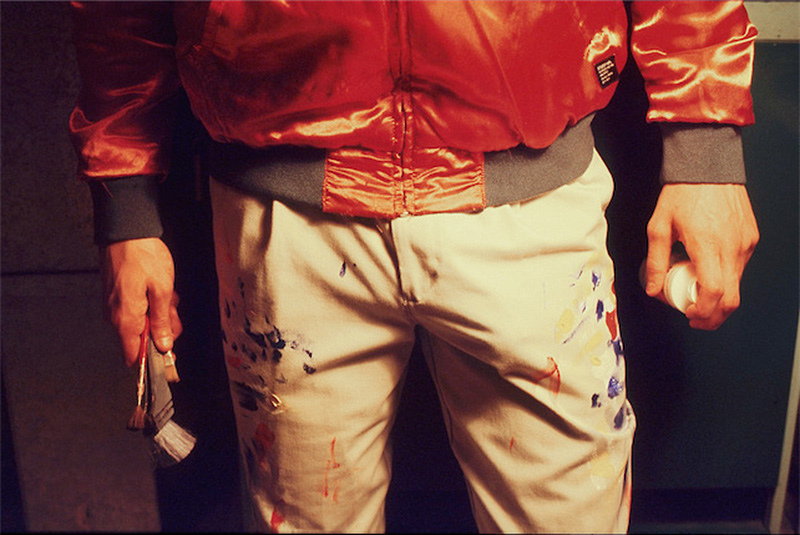

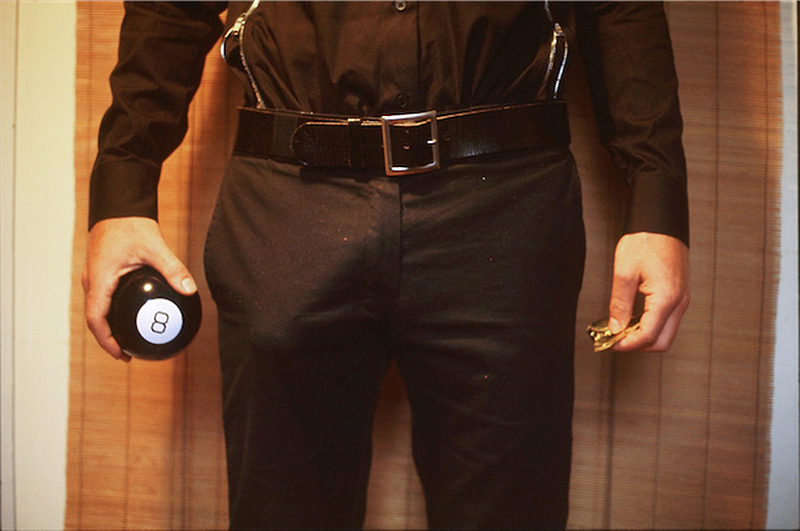

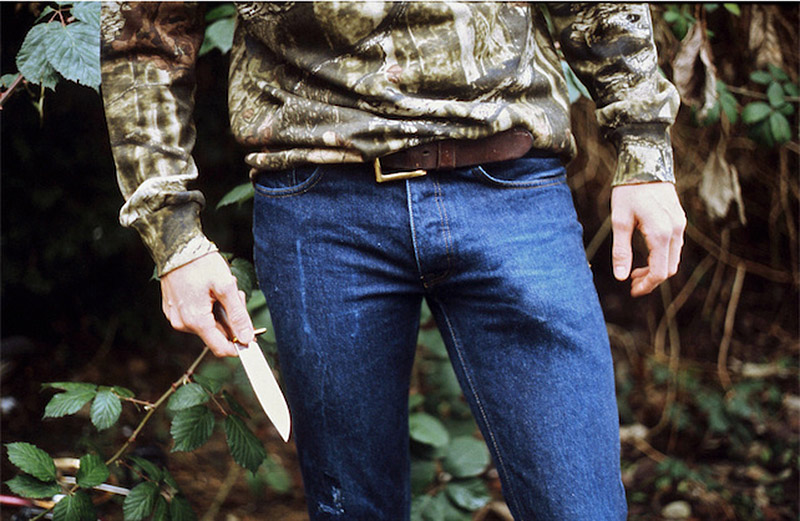

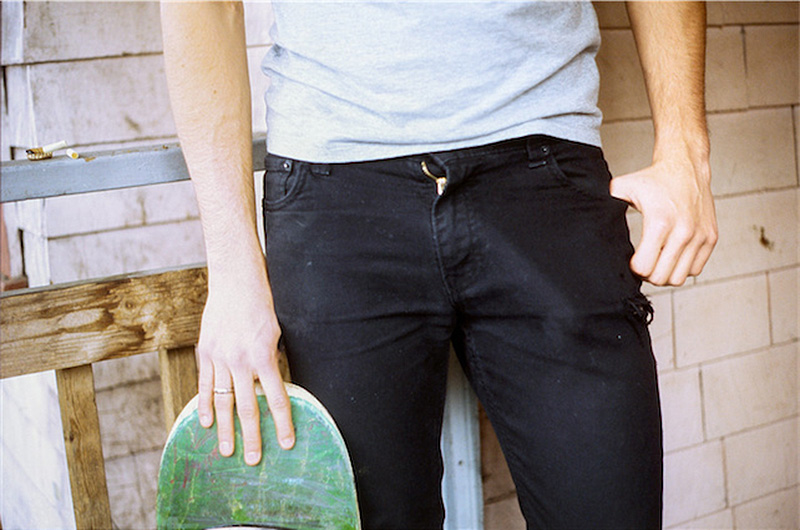


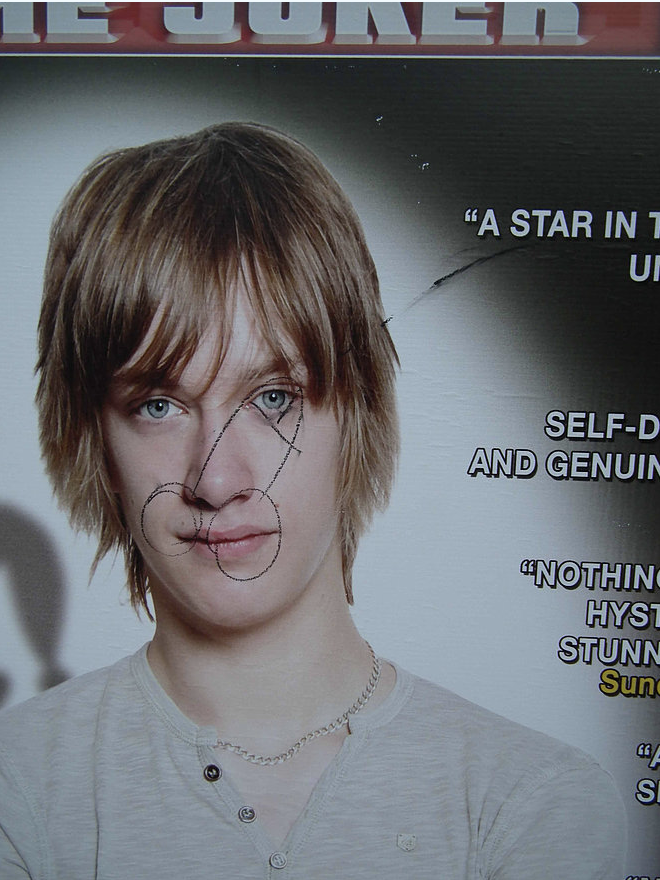


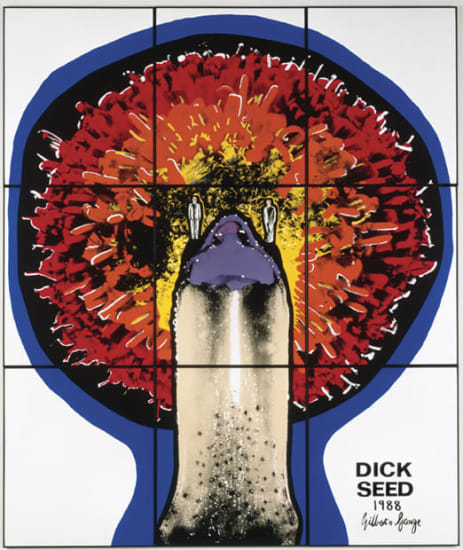

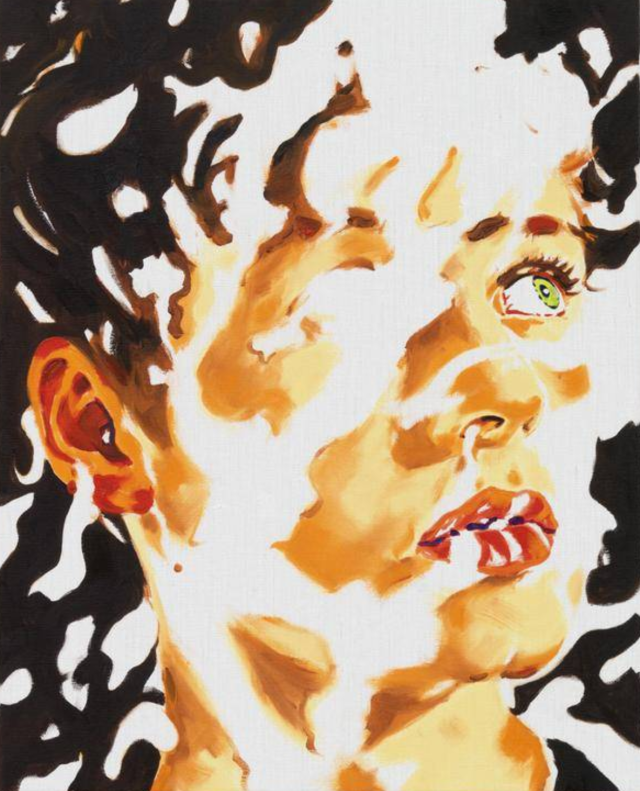
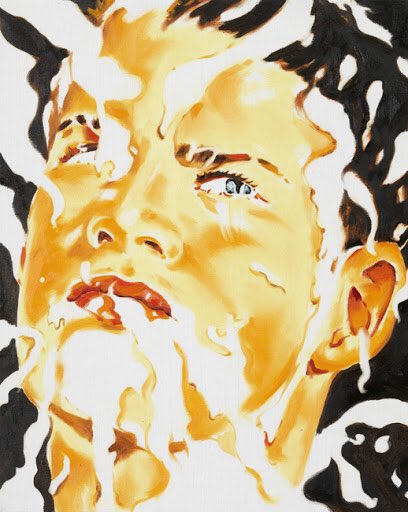
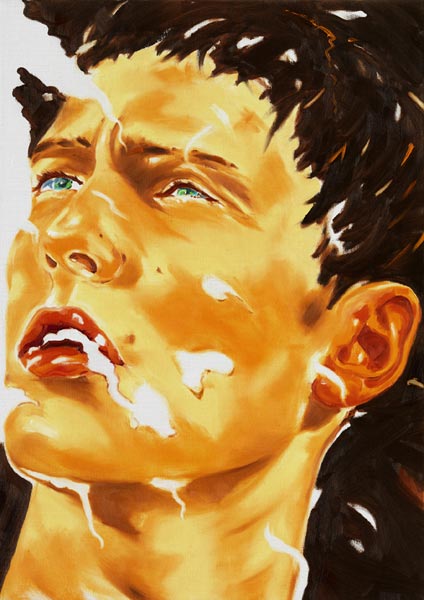
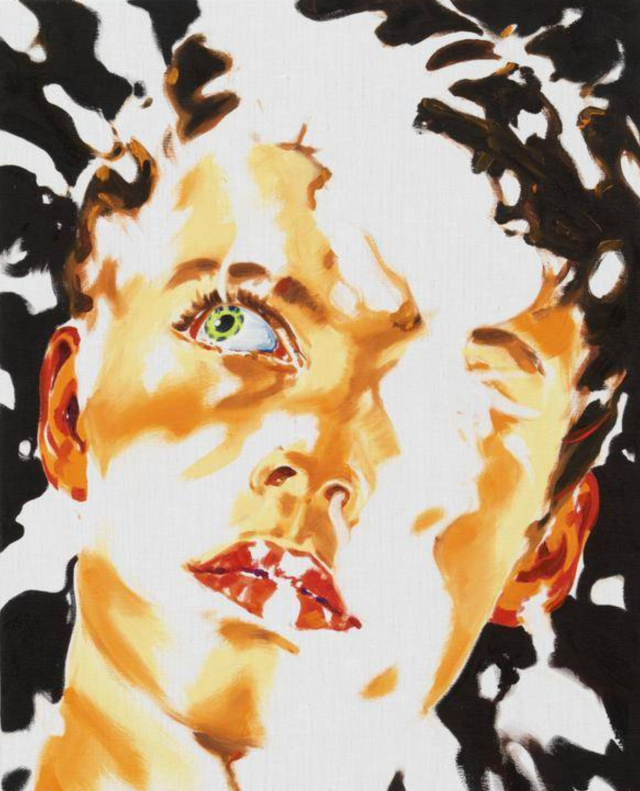

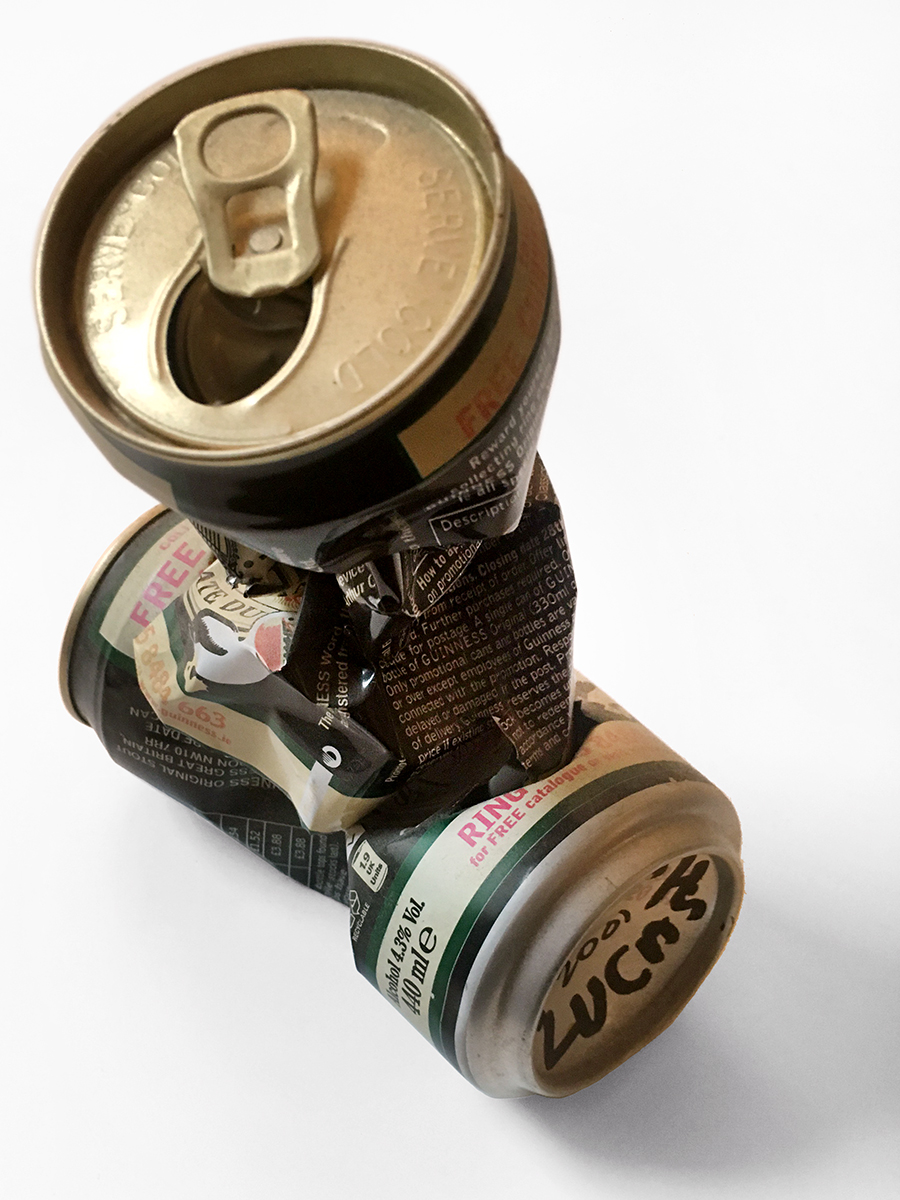
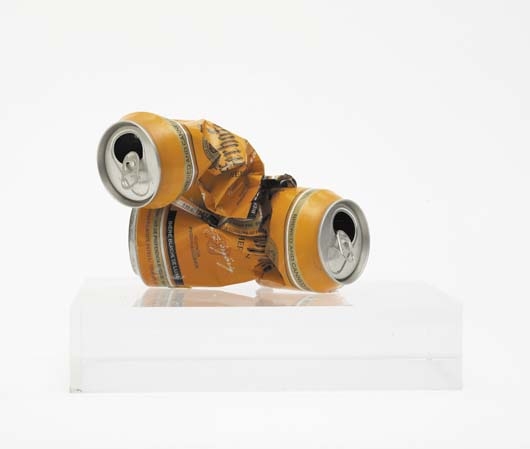


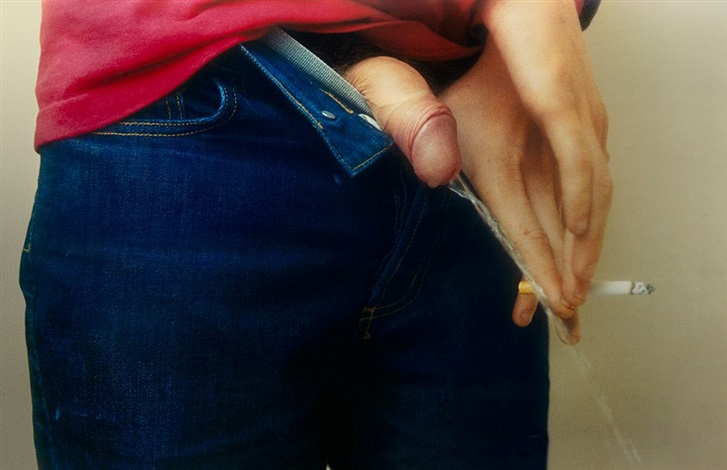
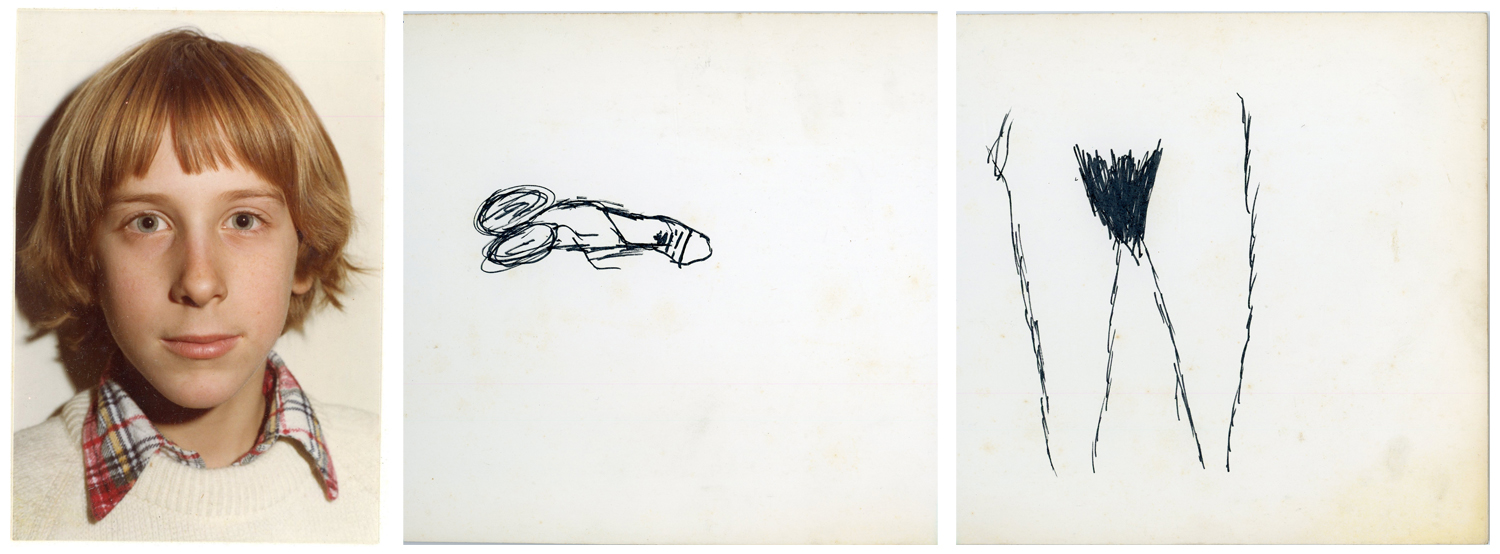

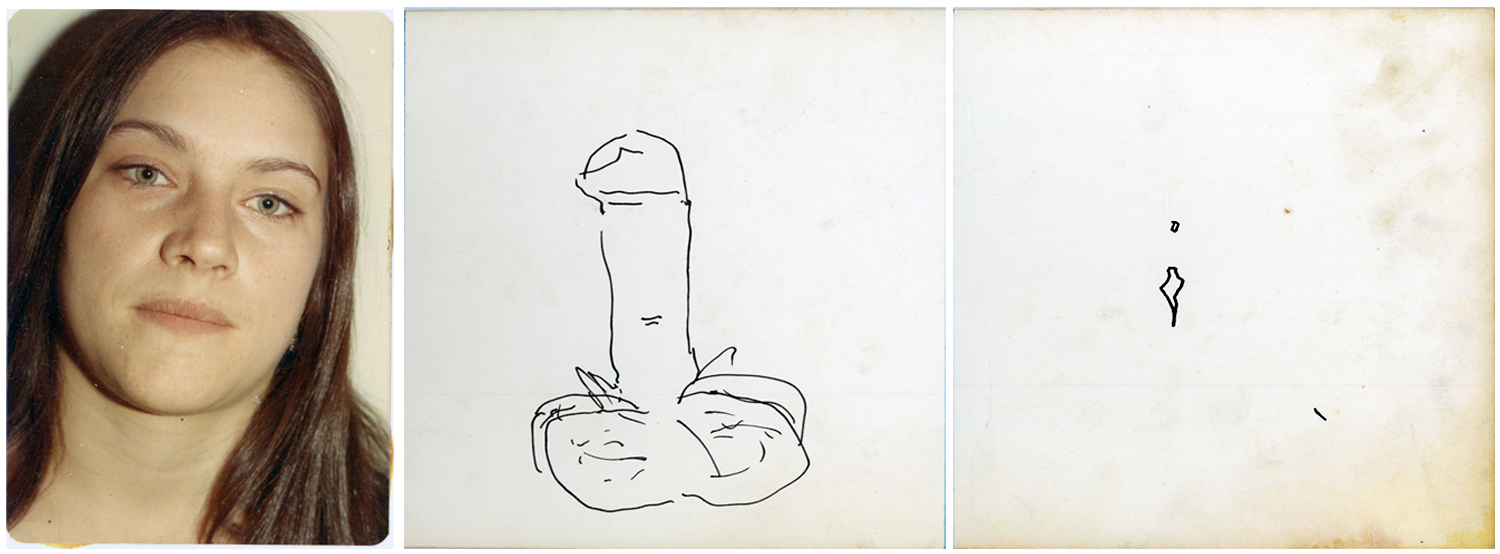

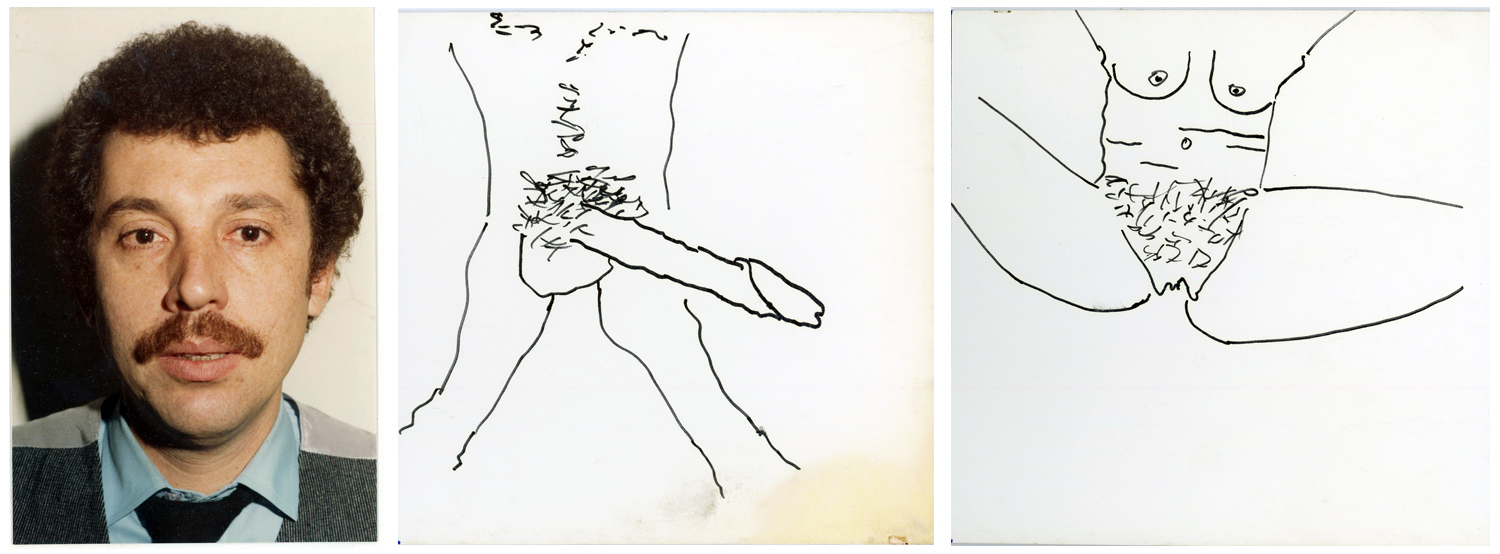
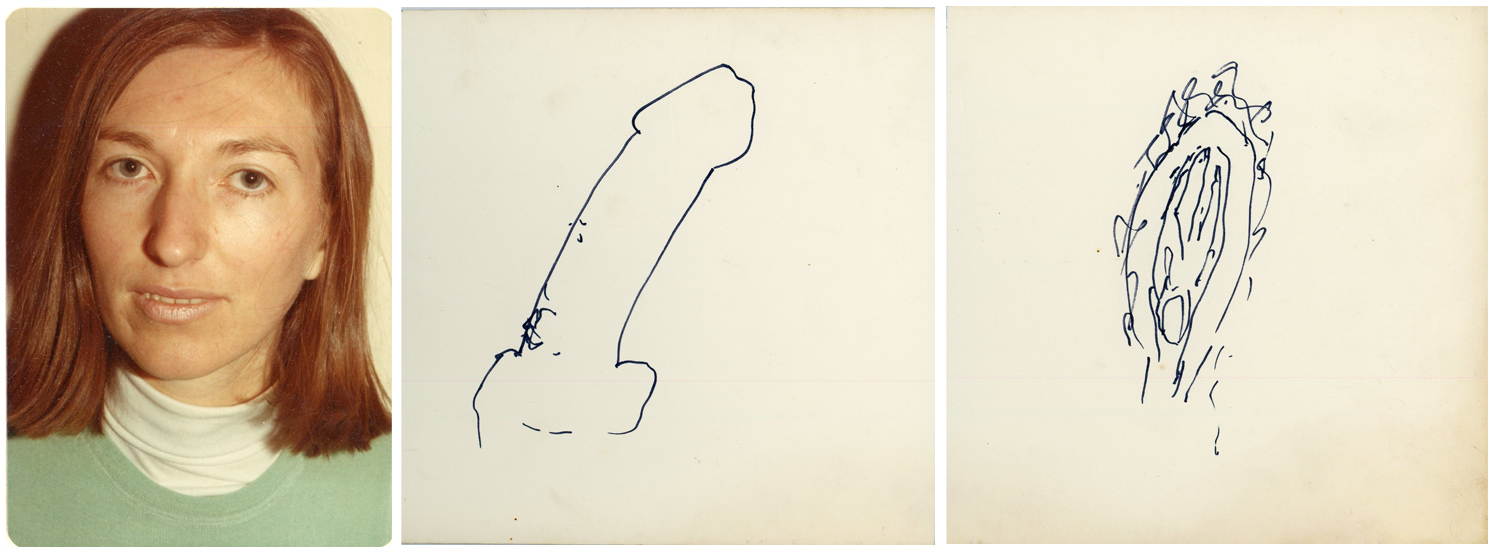
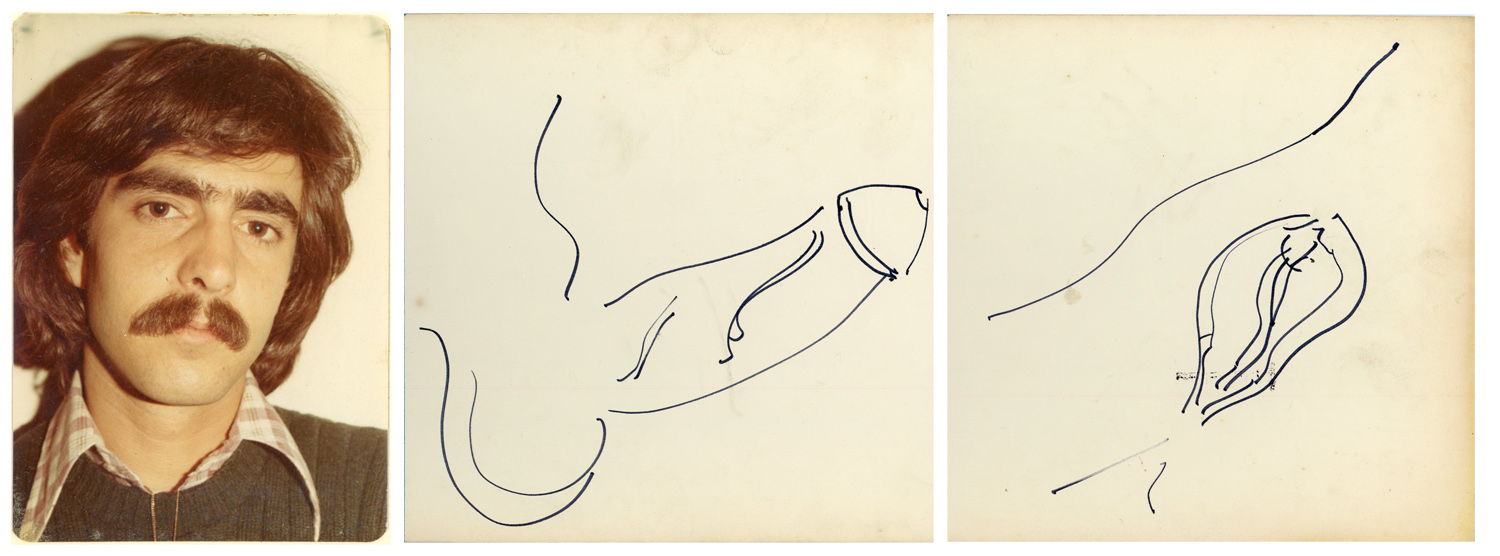
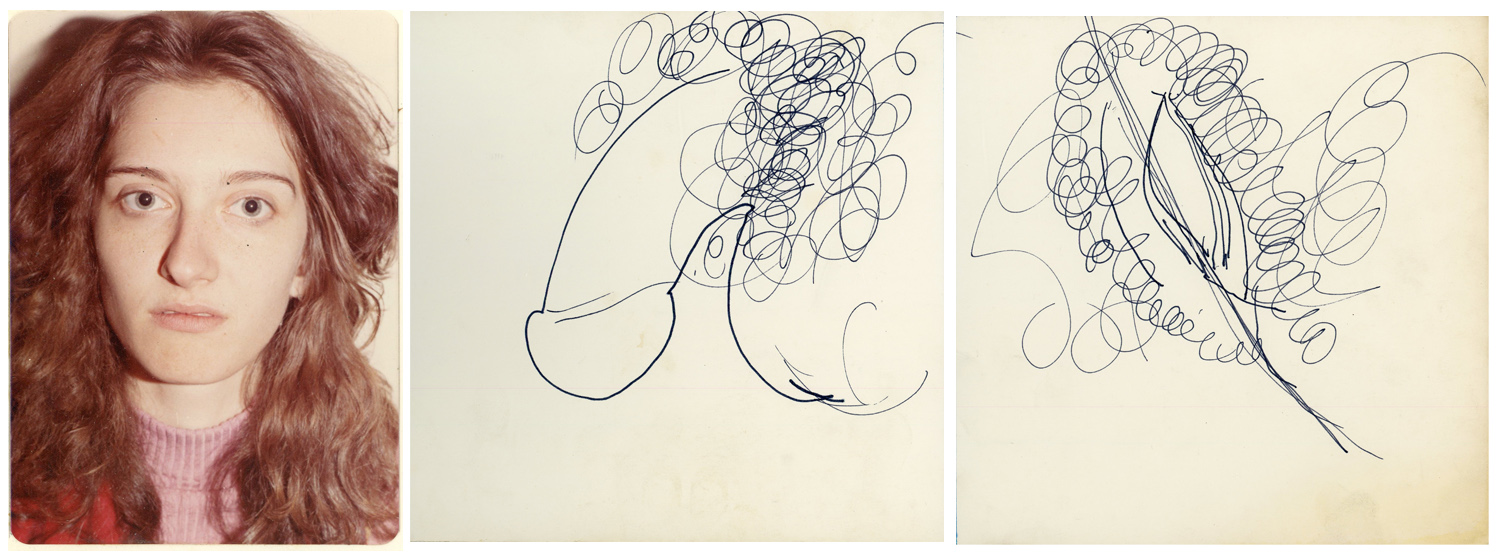

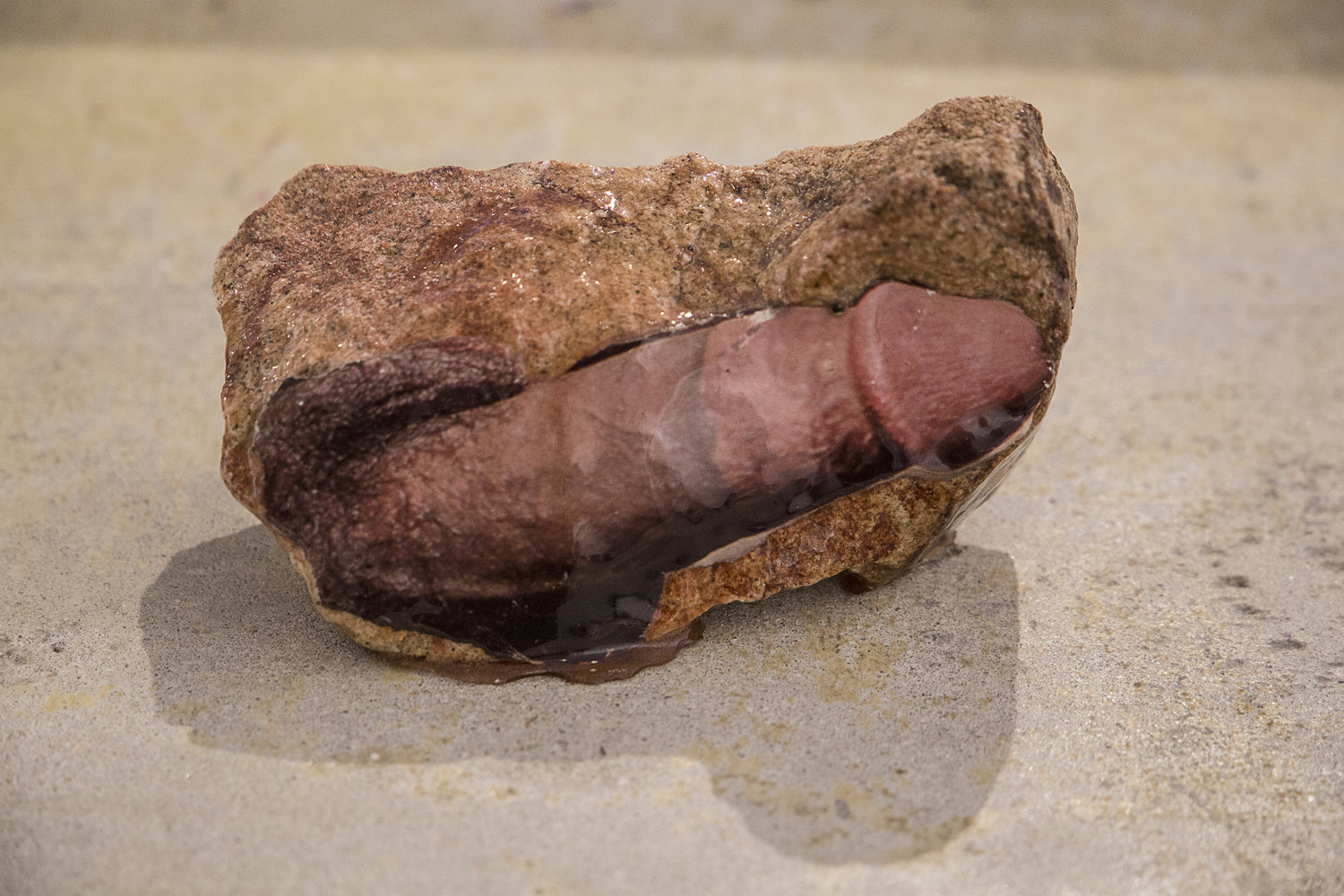
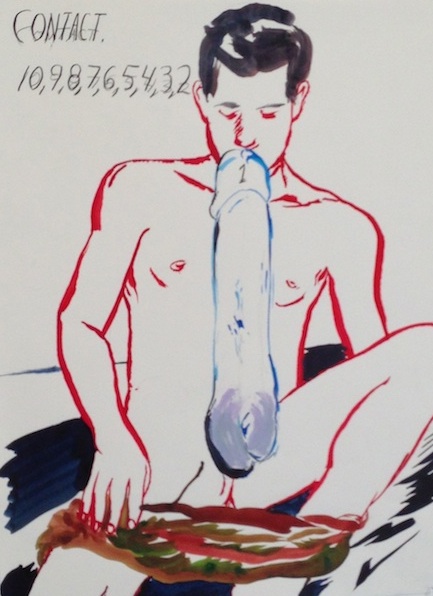

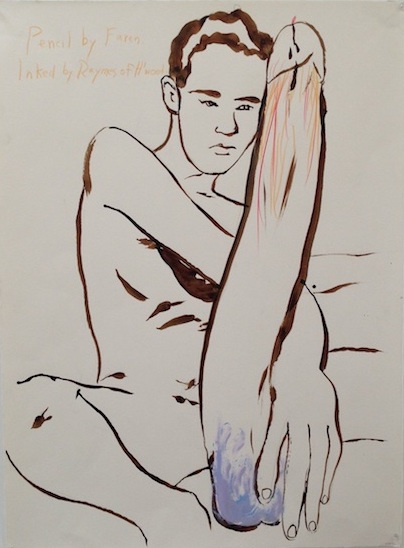
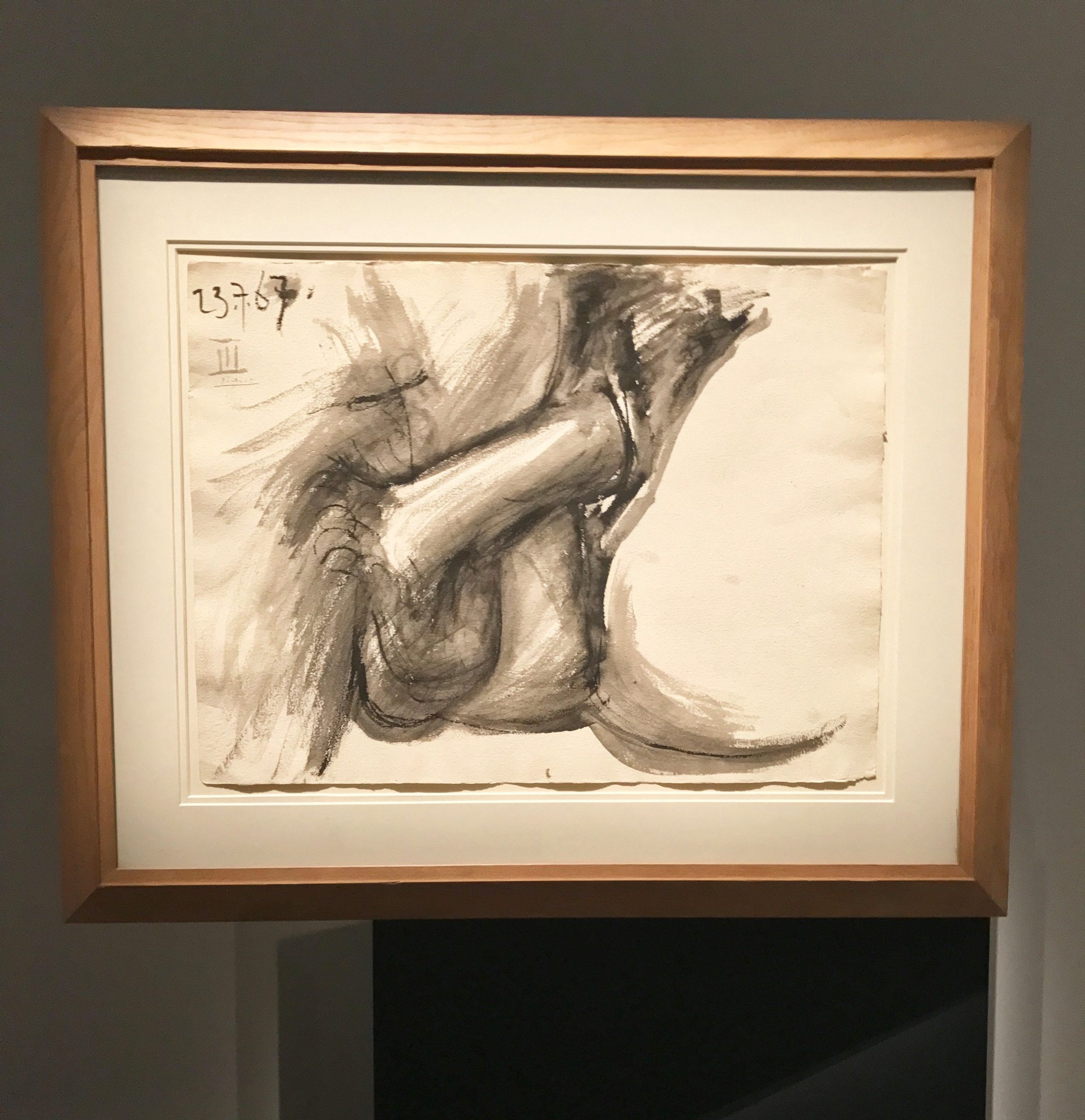
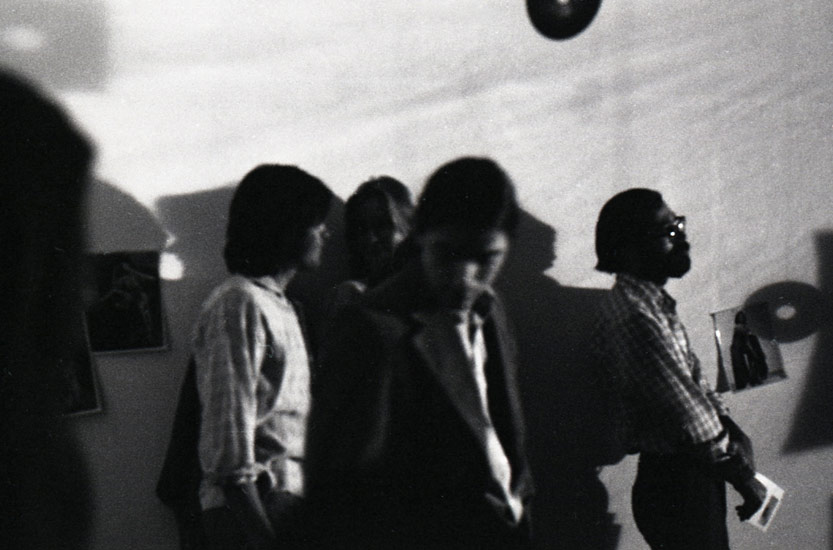
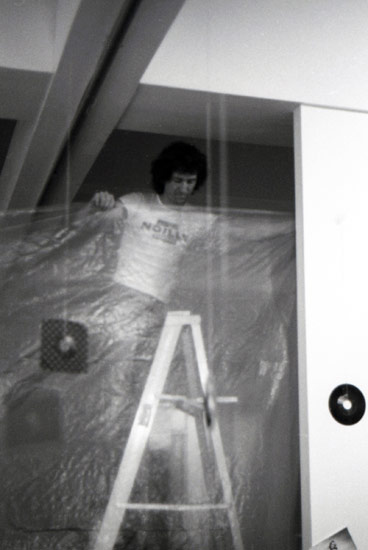
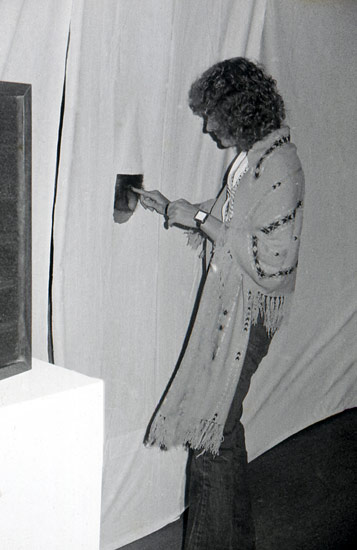
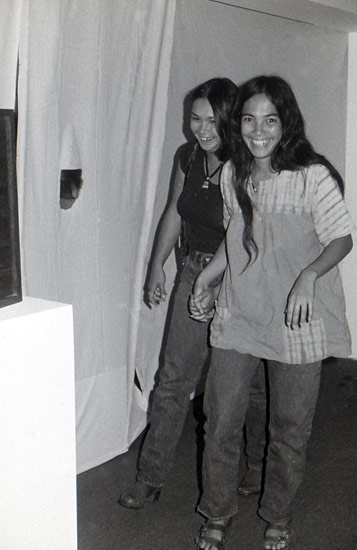





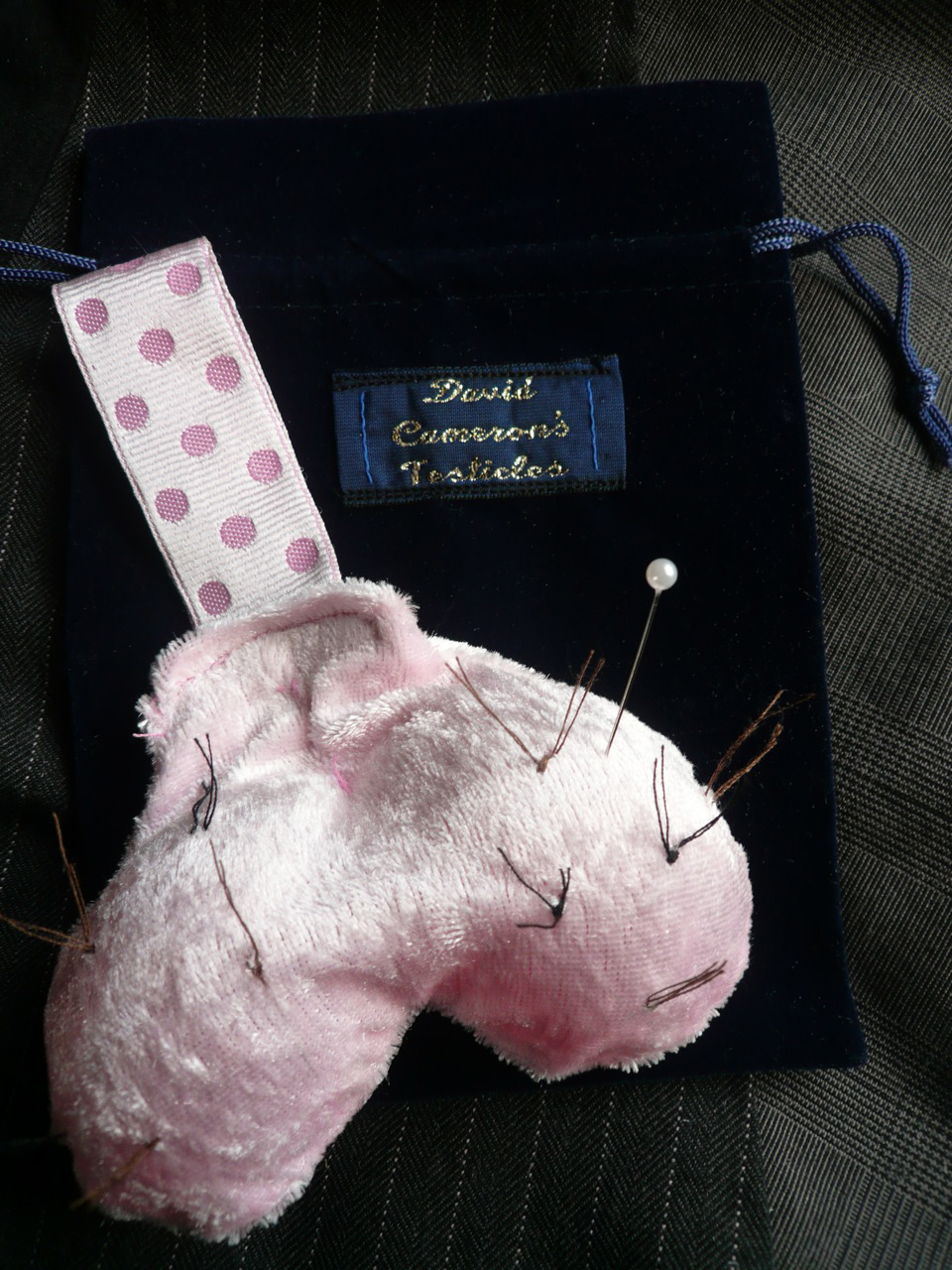
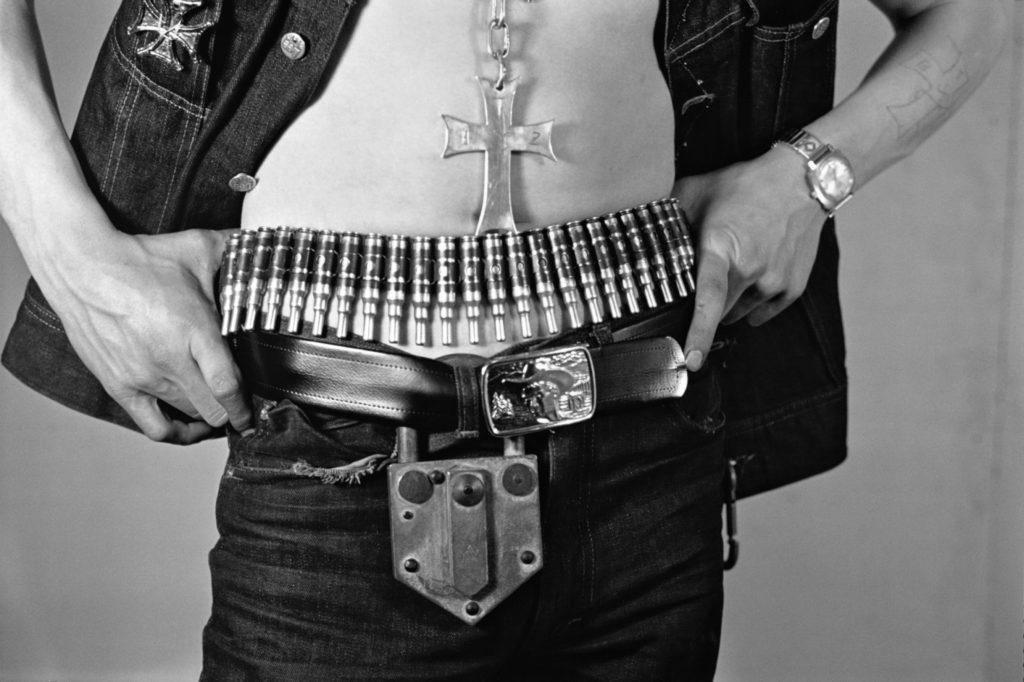
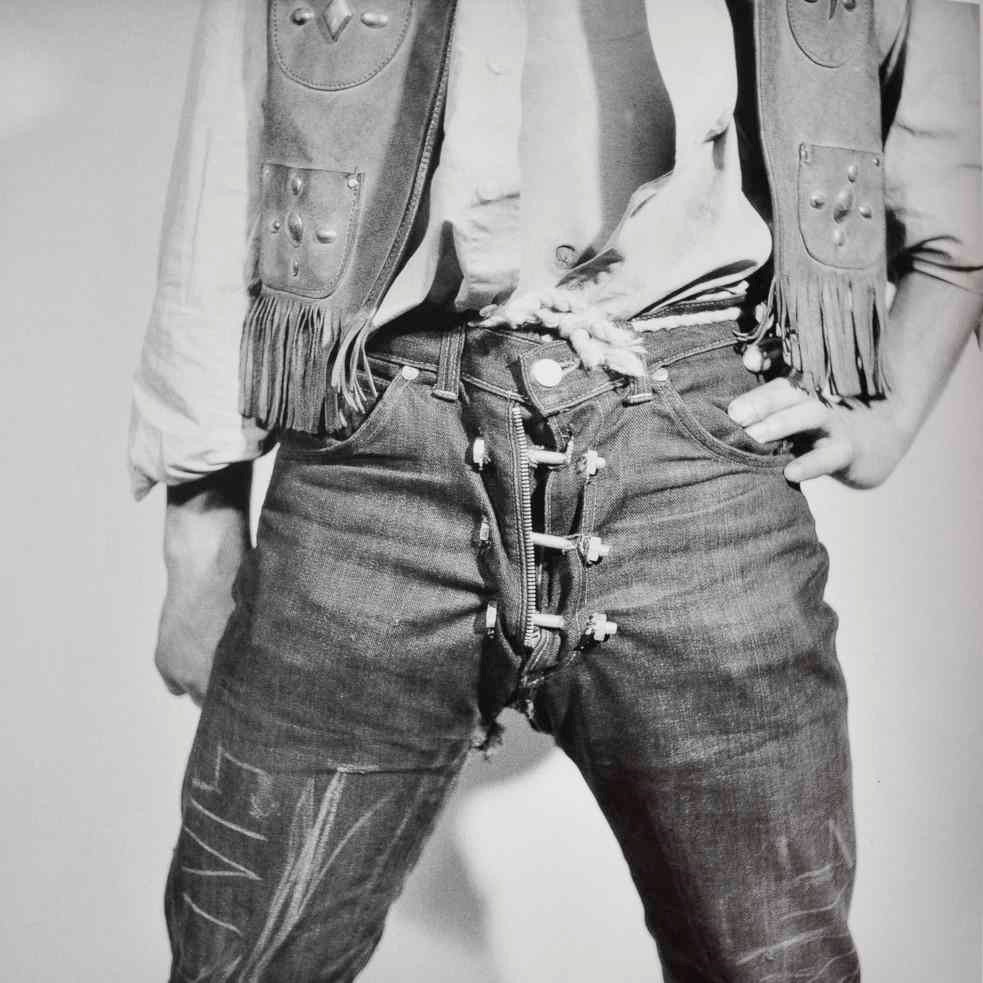
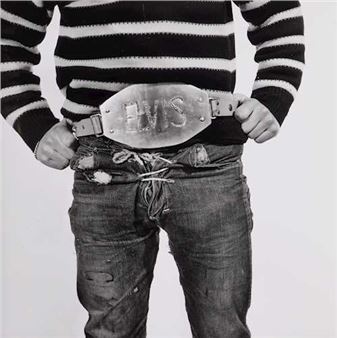
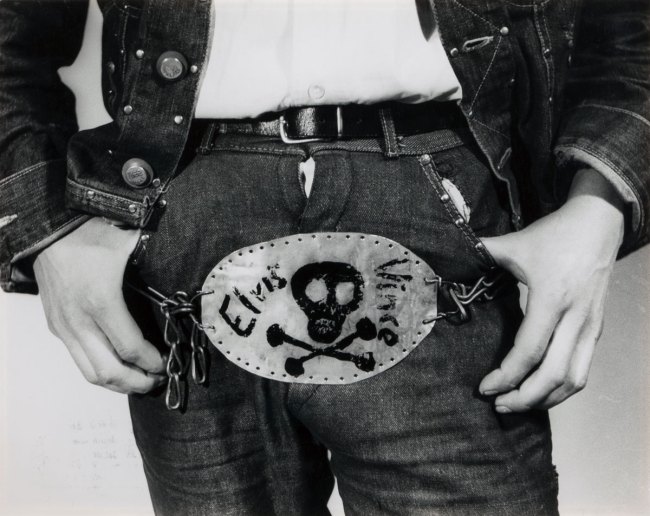
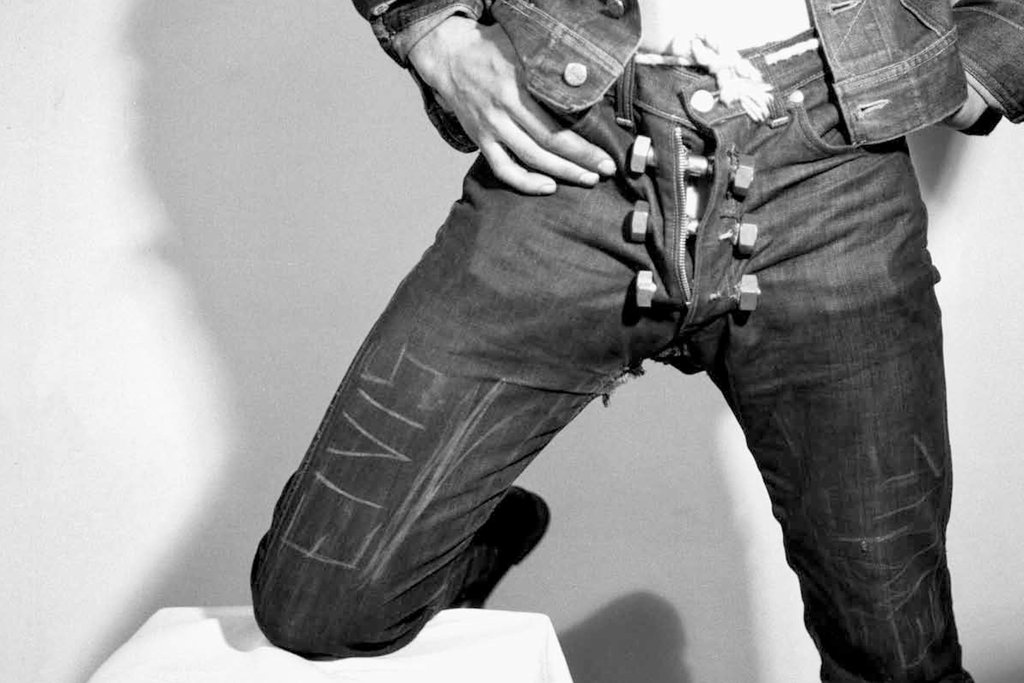
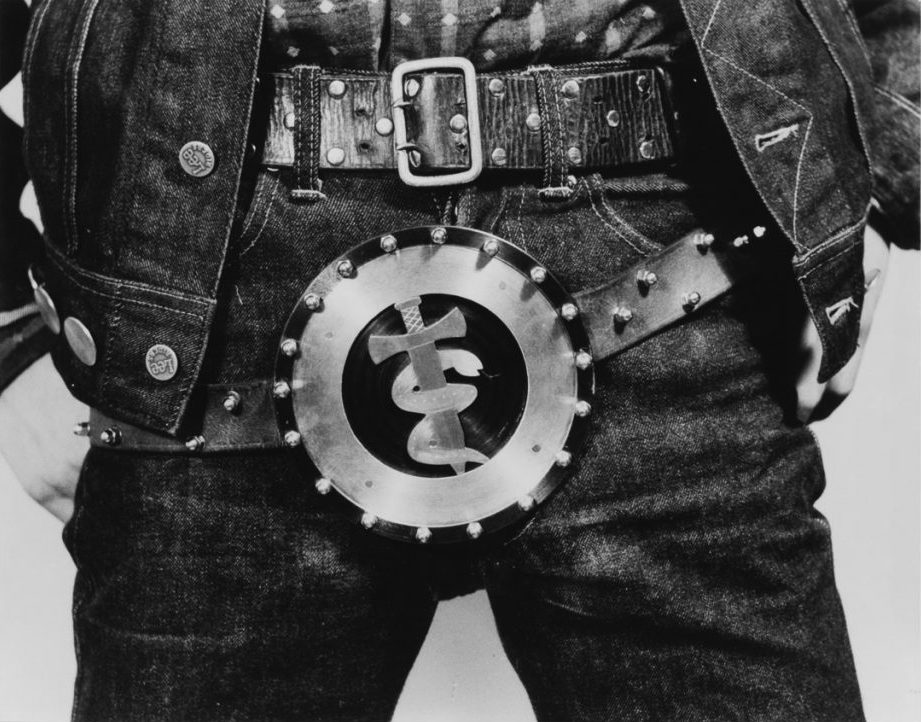
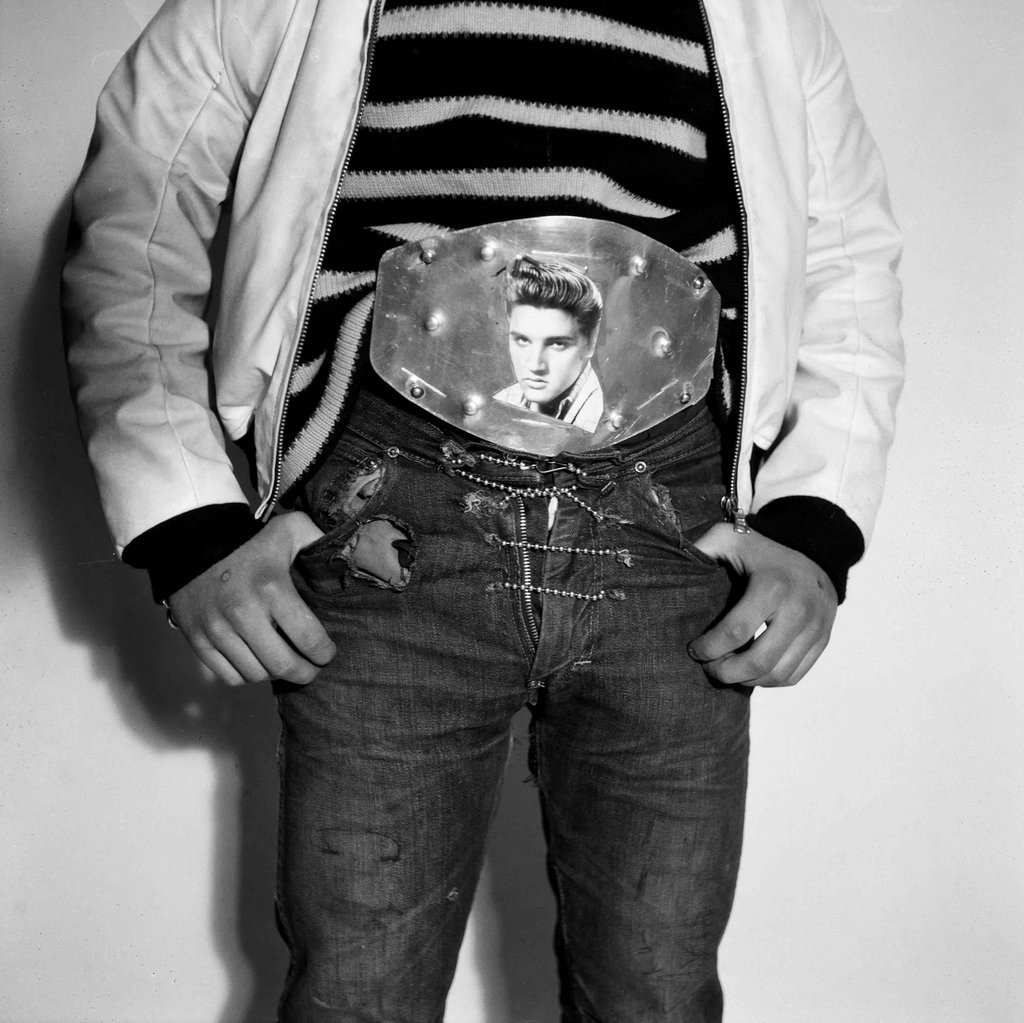
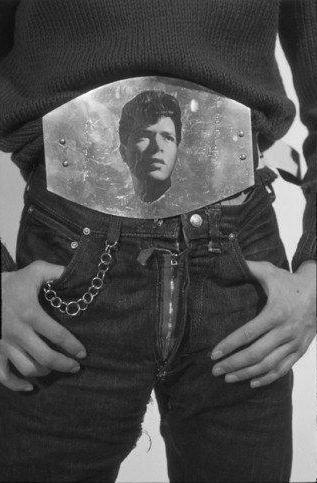
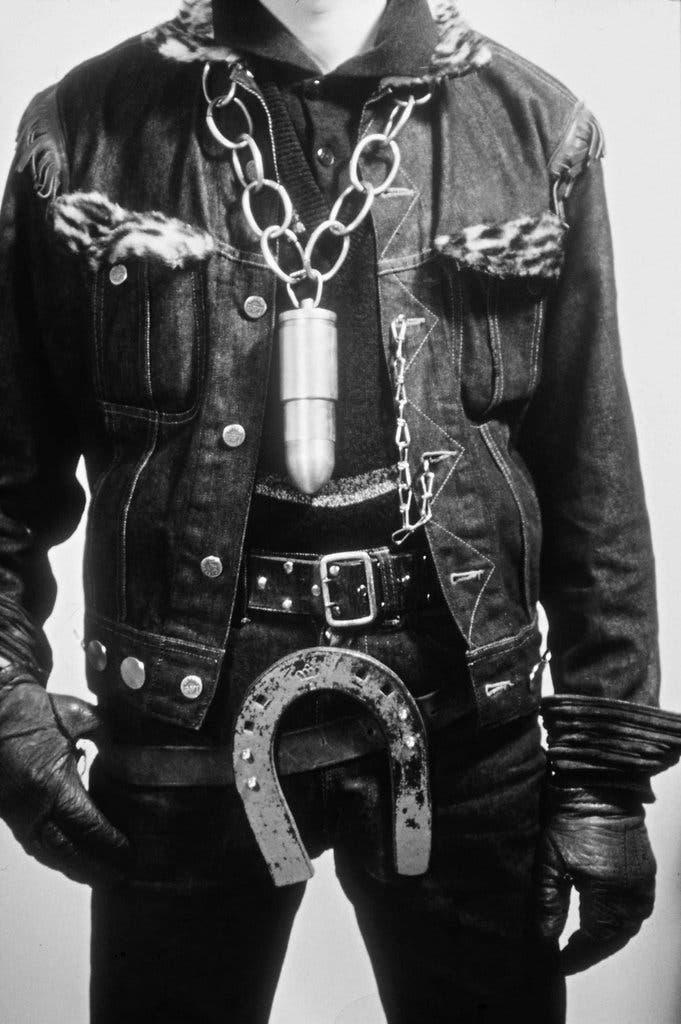
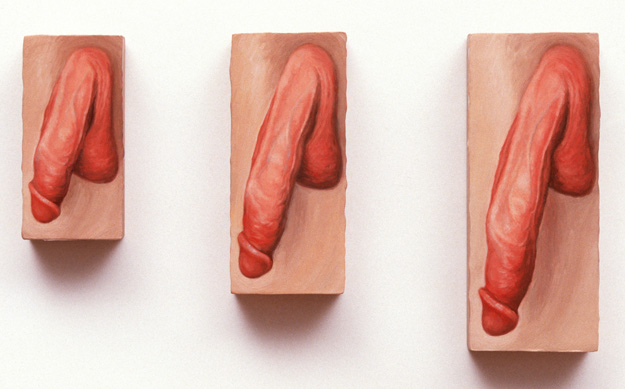




 Now available in North America
Now available in North America 